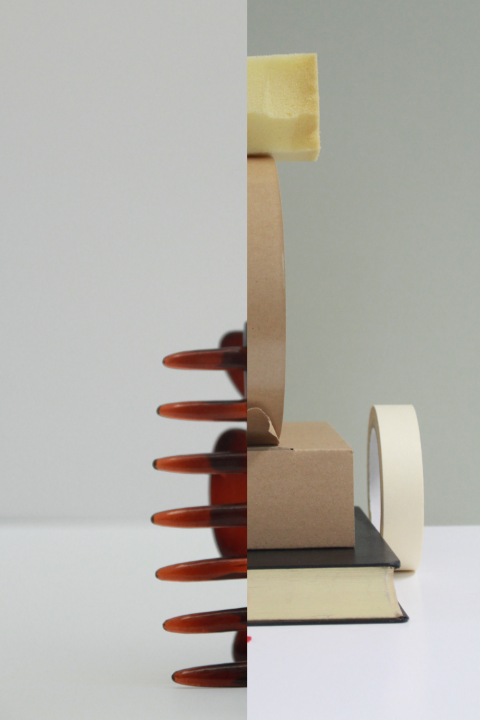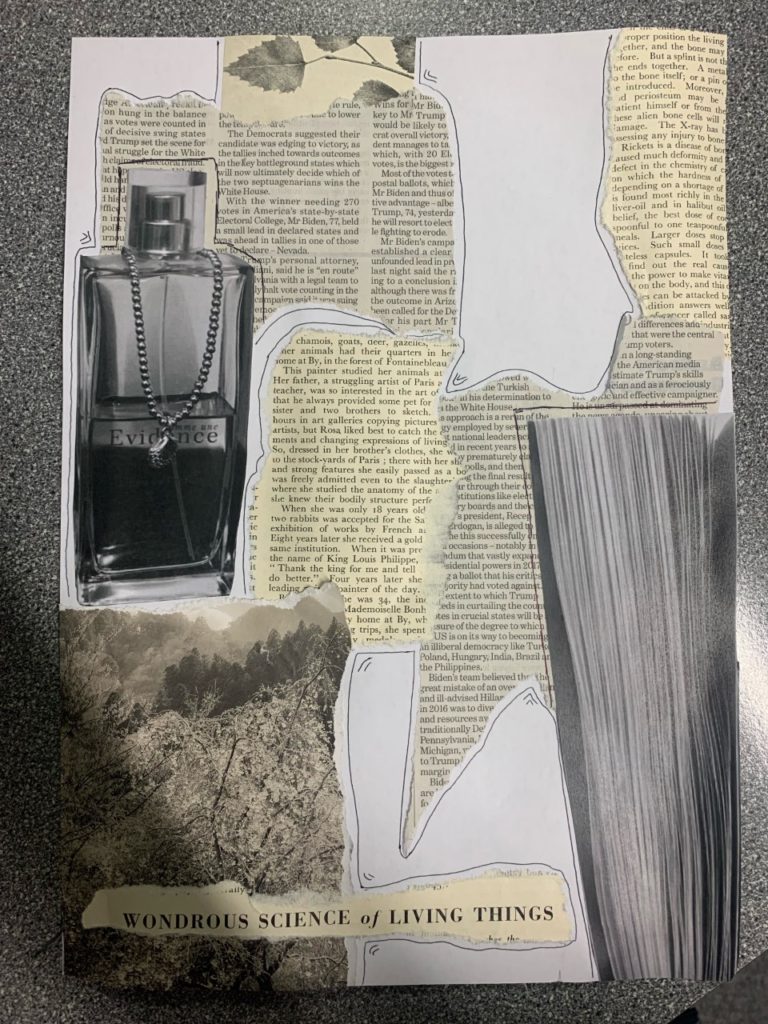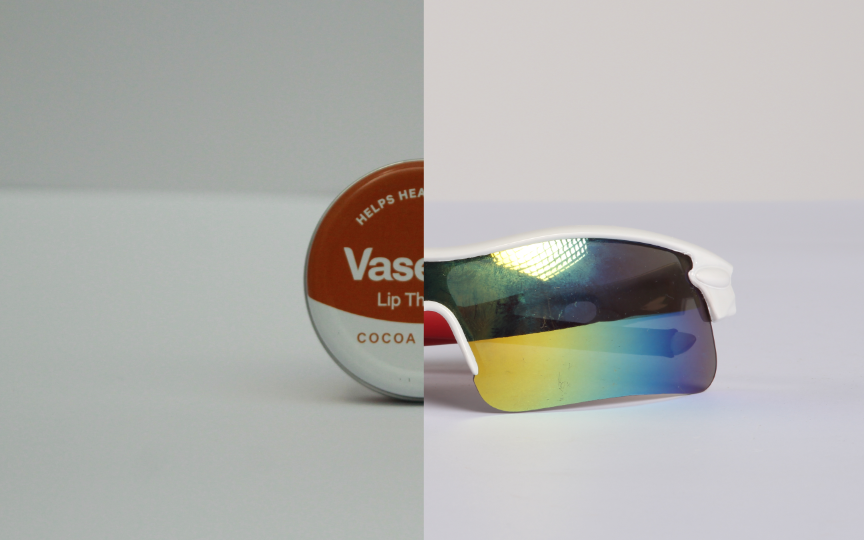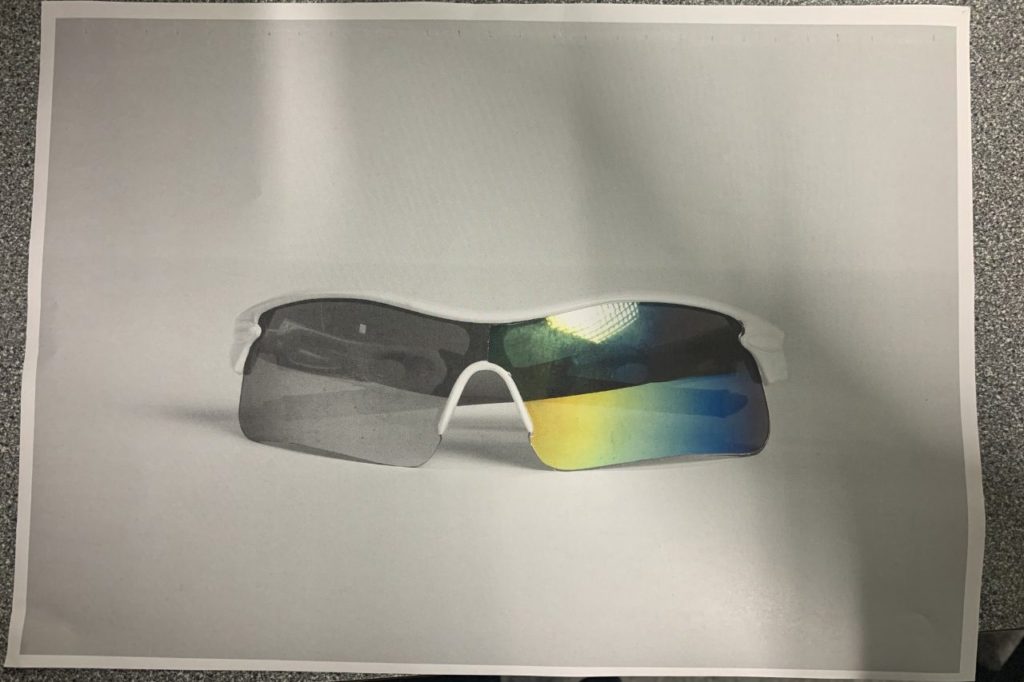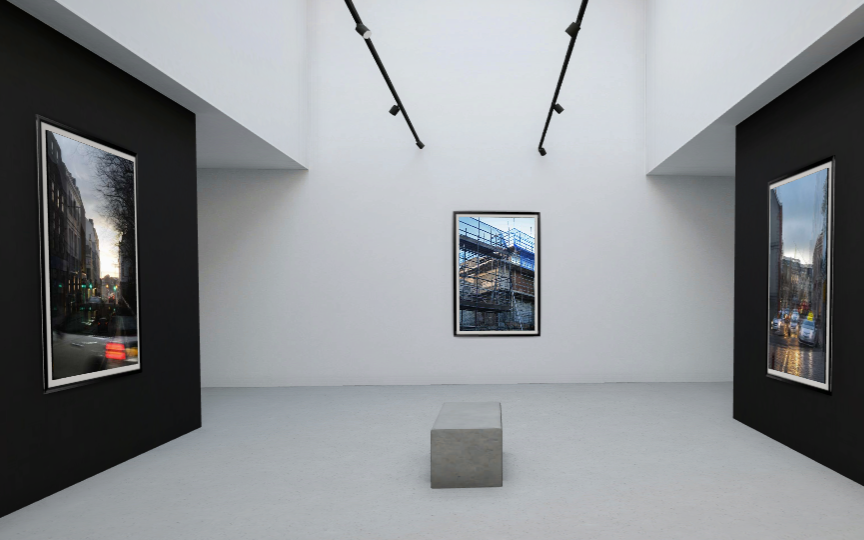
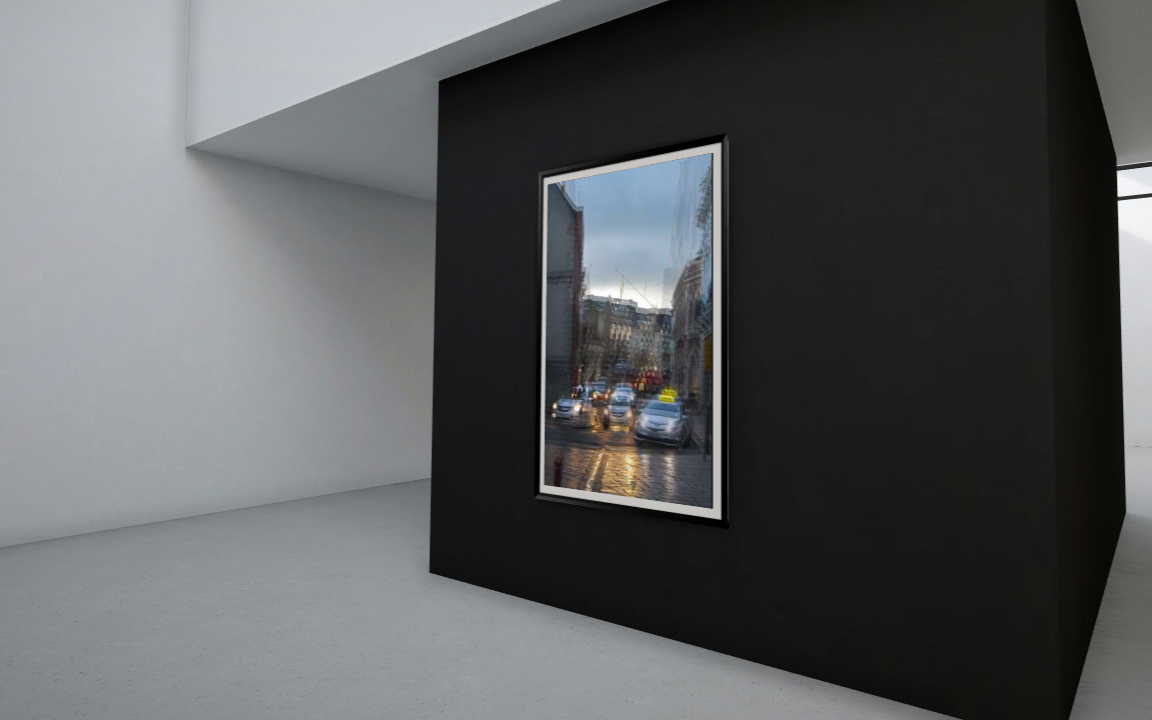
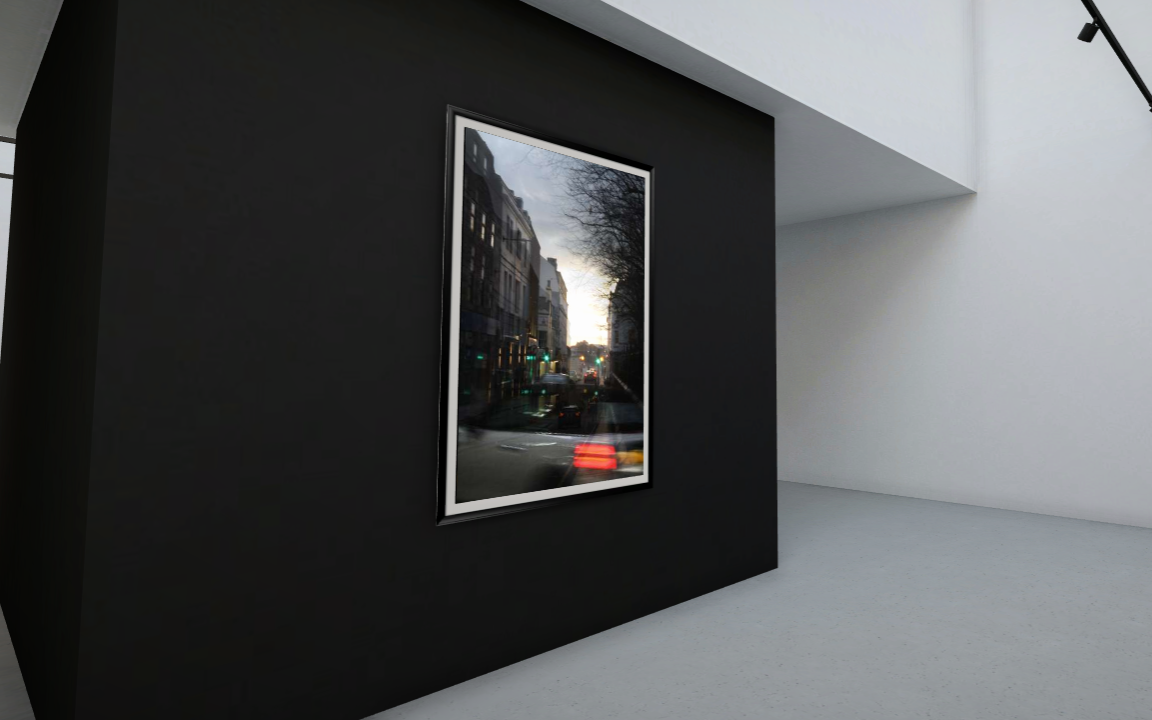
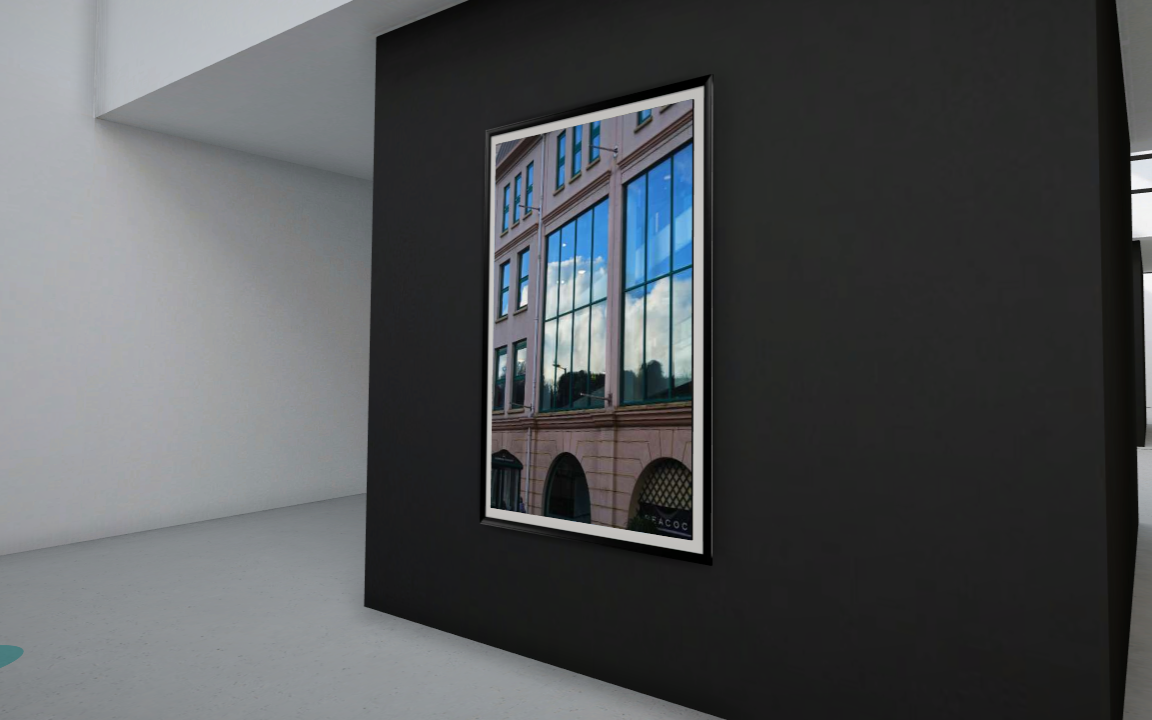
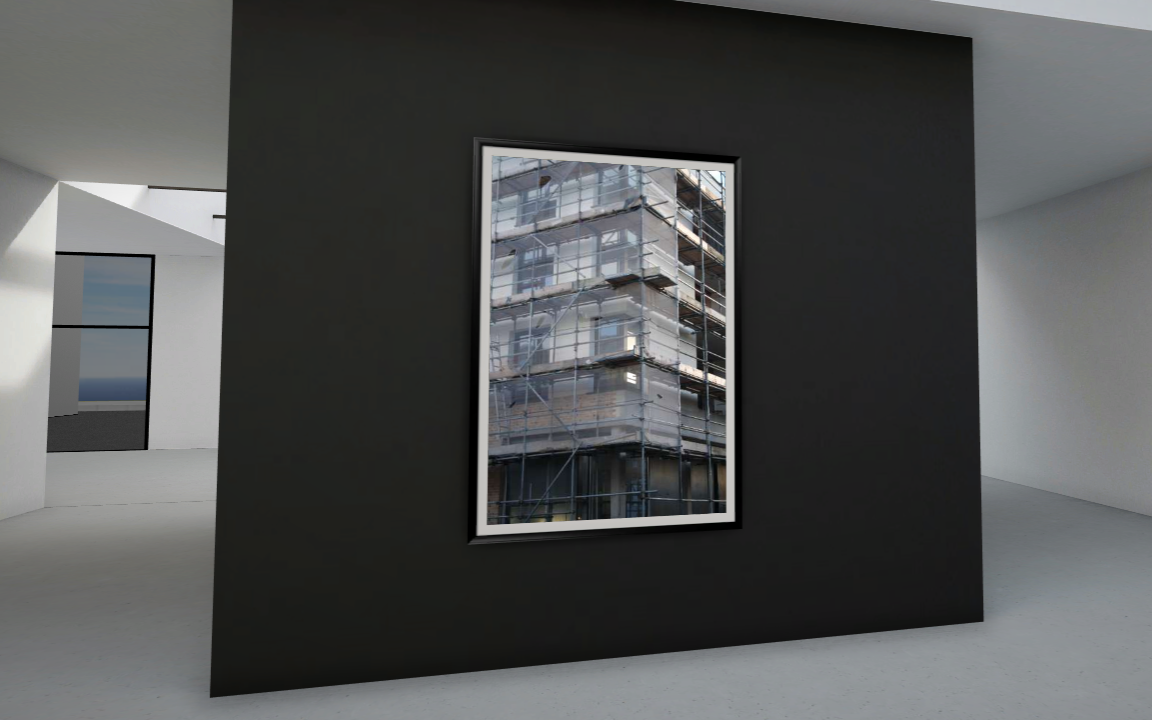





EDITING MY BEST SHOTS
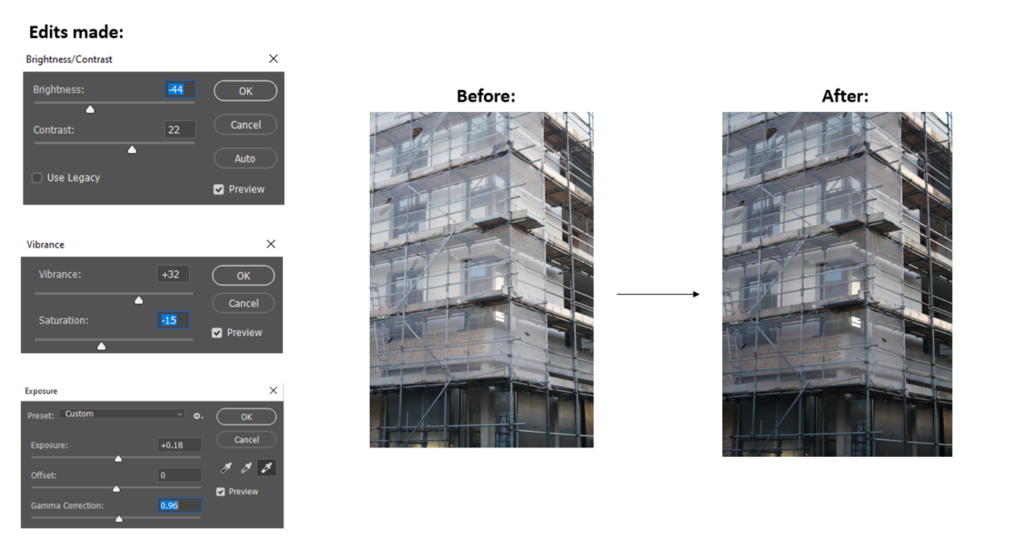
For this image, I wanted to create depth but also focusing on the repition of the scaffolding and linear objects. This links to Anthropocene as construction work is connected to not only more buildings but also fossil fuels, a lot has to be burnt to create it all.
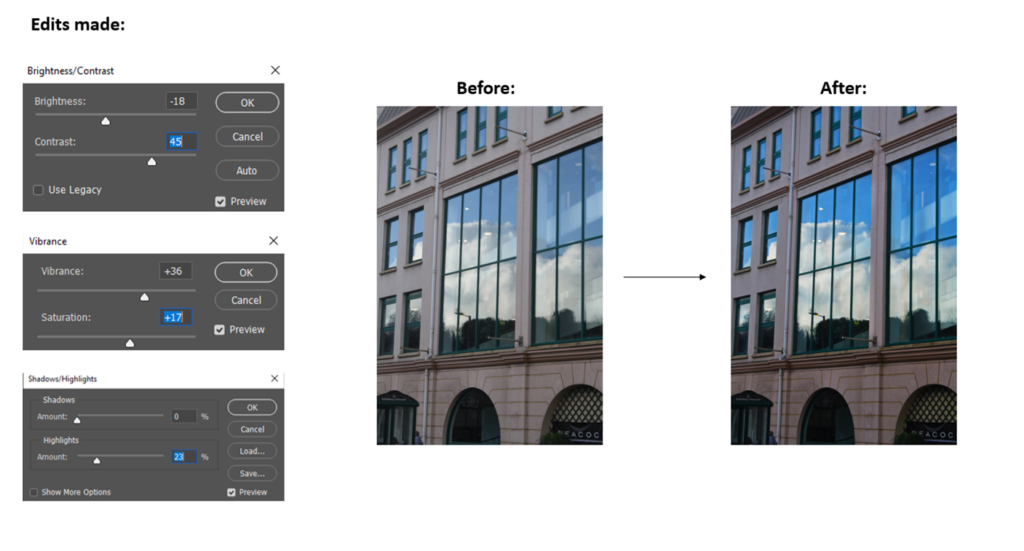
For this image, I really wanted the focus to be on the sunlight reflecting off the window and how the window acts as a mirror. I think this could link to Anthropocene as it could look like a split between the two world (natural and industrial).
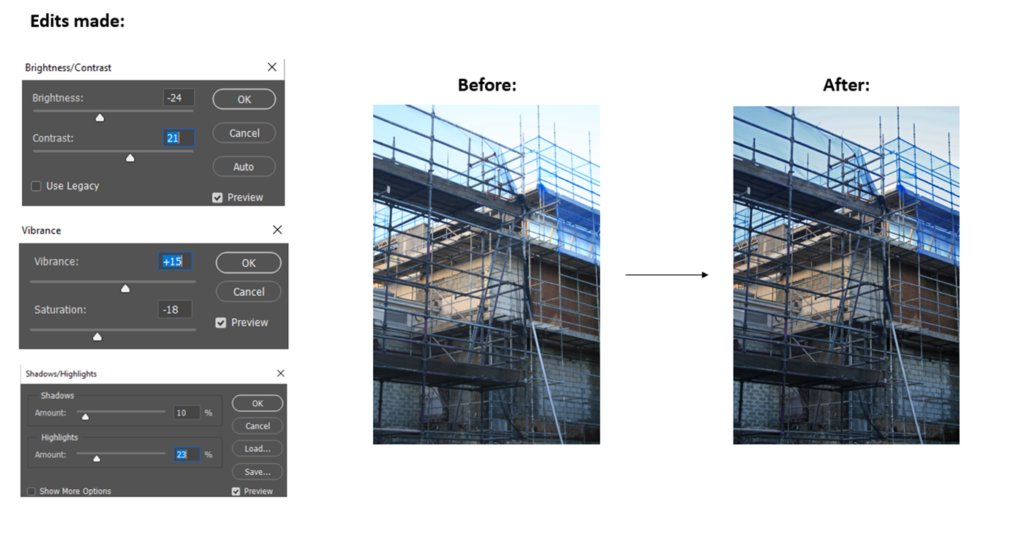
For this image, I really want to create a sense of depth and shape within the multiple layers of scaffolding and use the light to my advantage.
After editing all my photos, I then went in and adjusted them even more using the dodge and burn tool to lighten/darken certain areas.

FINAL IMAGES
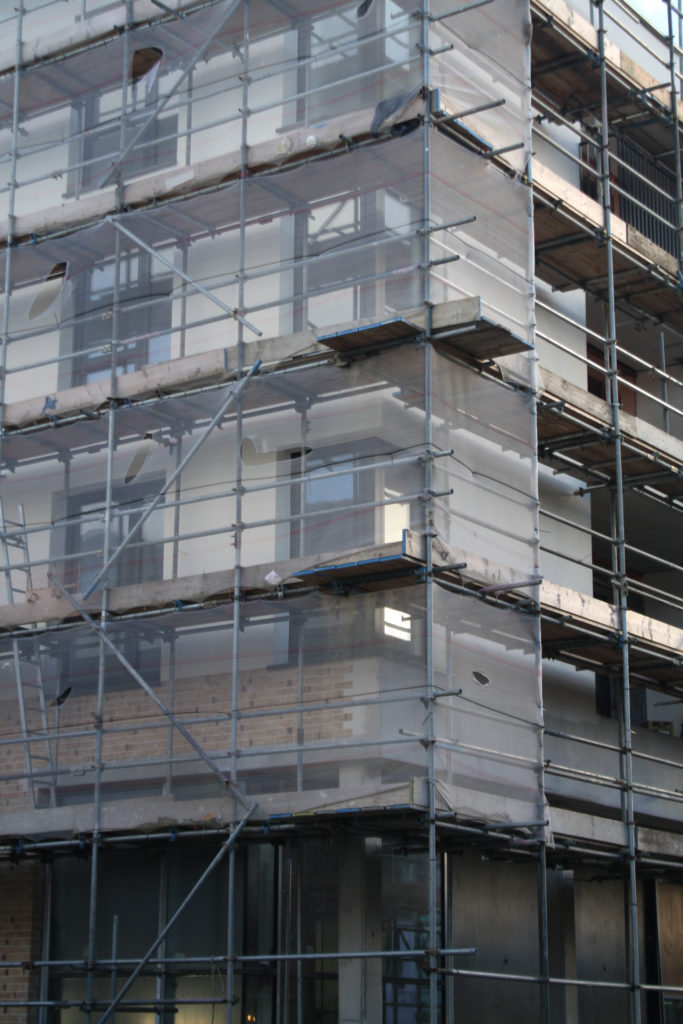

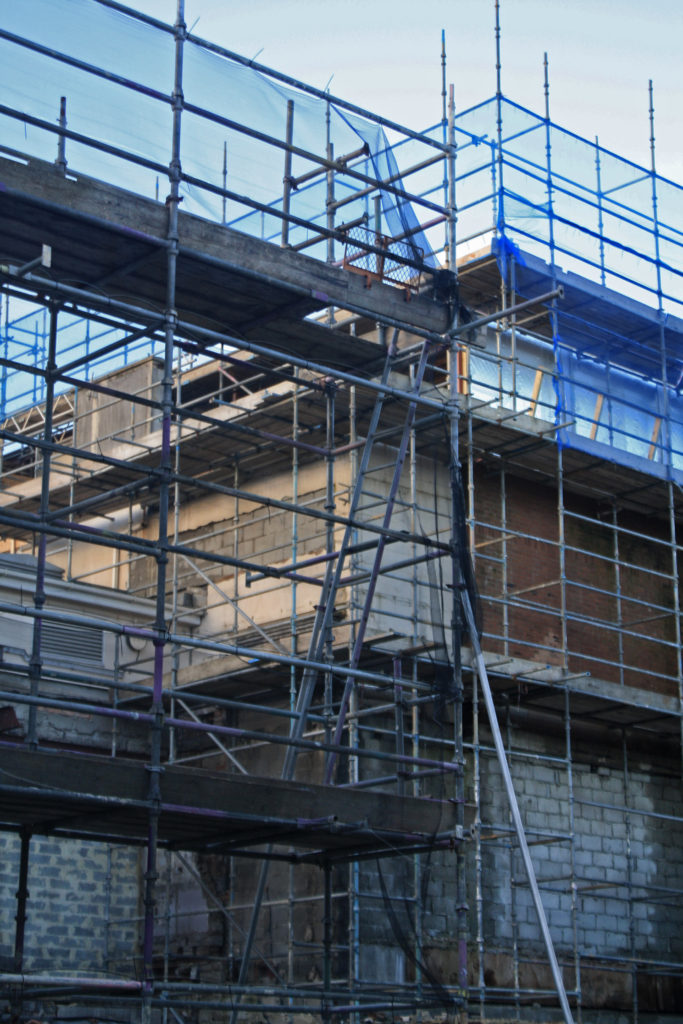
EXPERIMENTS
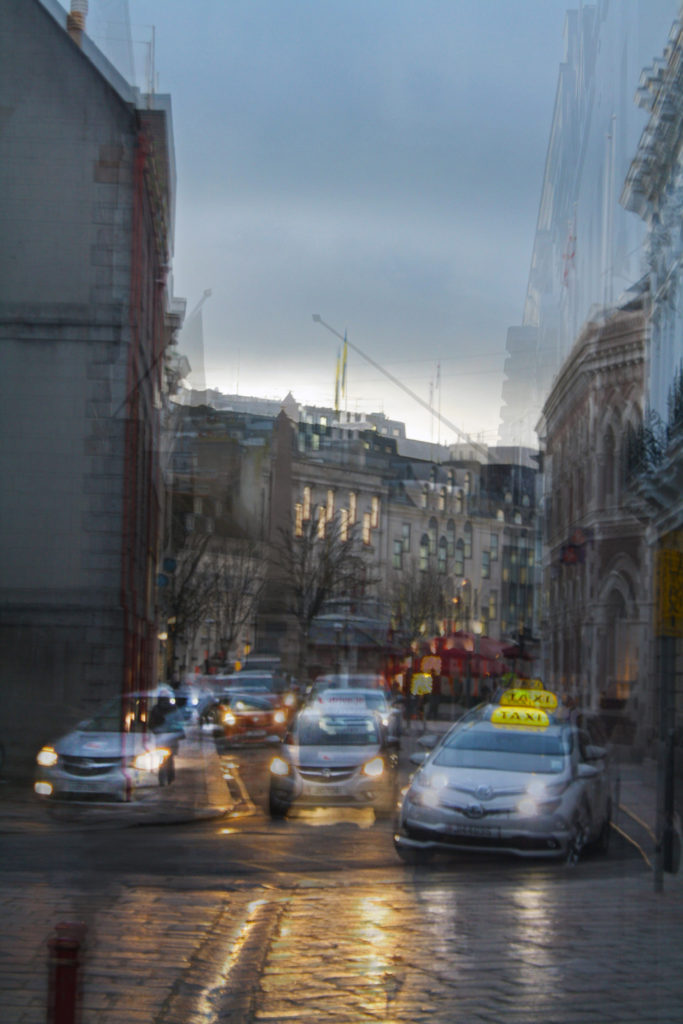

For these experiments, I was inspired by Stephanie Jung and her work. What I really like about these images is how easily they fit within each other while still giving off the affect I wanted them to. I used photoshop to layer the images on top of each other and then played around with the opacity until I was happy with how the images blended together. I then went in and adjusted some of the areas, either with the dodge/burn tool or with the brightness/contrast.
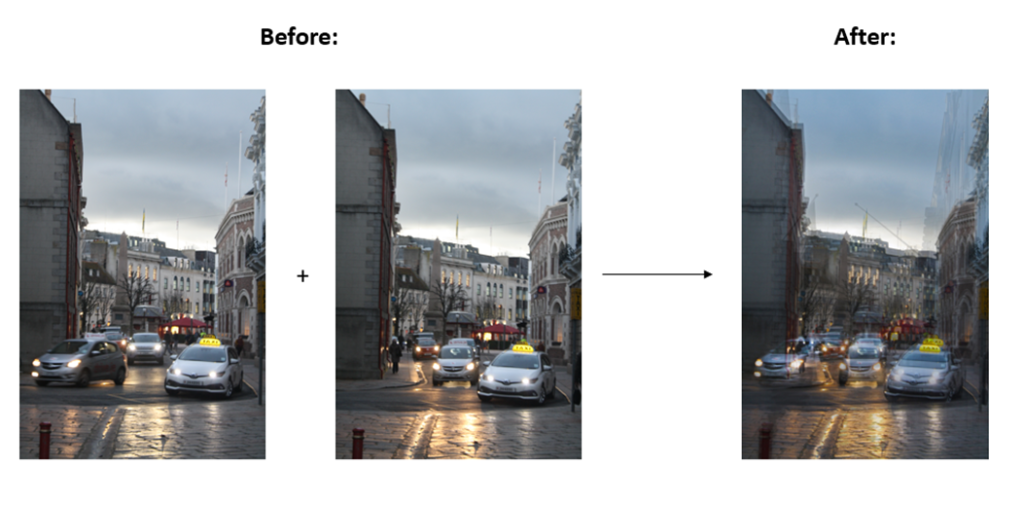
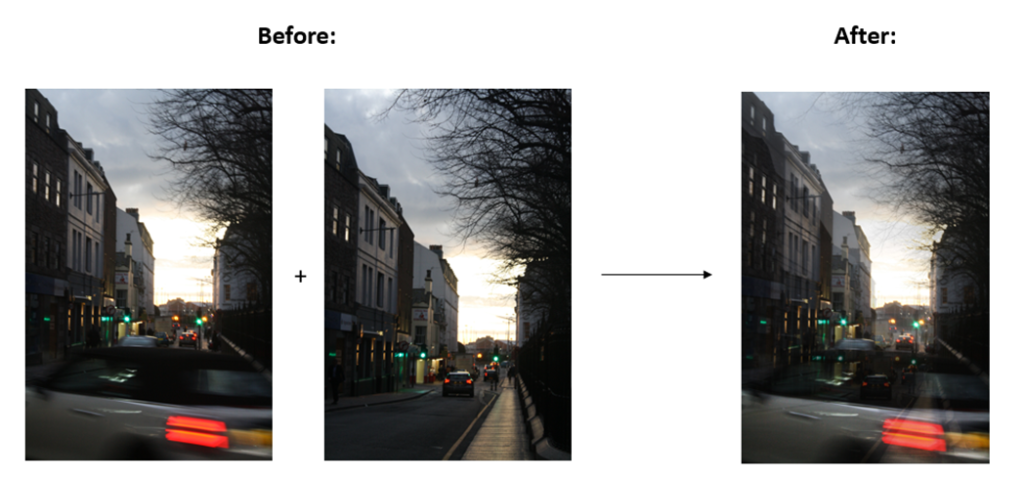

To make this montage I started by flipping one of the images so that they were both the right way to make the illusion of a new building before then cropping and layering them together until I was happy with how it looked. I really like the idea of a building made up of two separate buildings while also having the two different light directions and intensities, the image on the left is during the beginning of a sunset whereas the image on the right looks more like it is light and sunny.
CONTACT SHEET

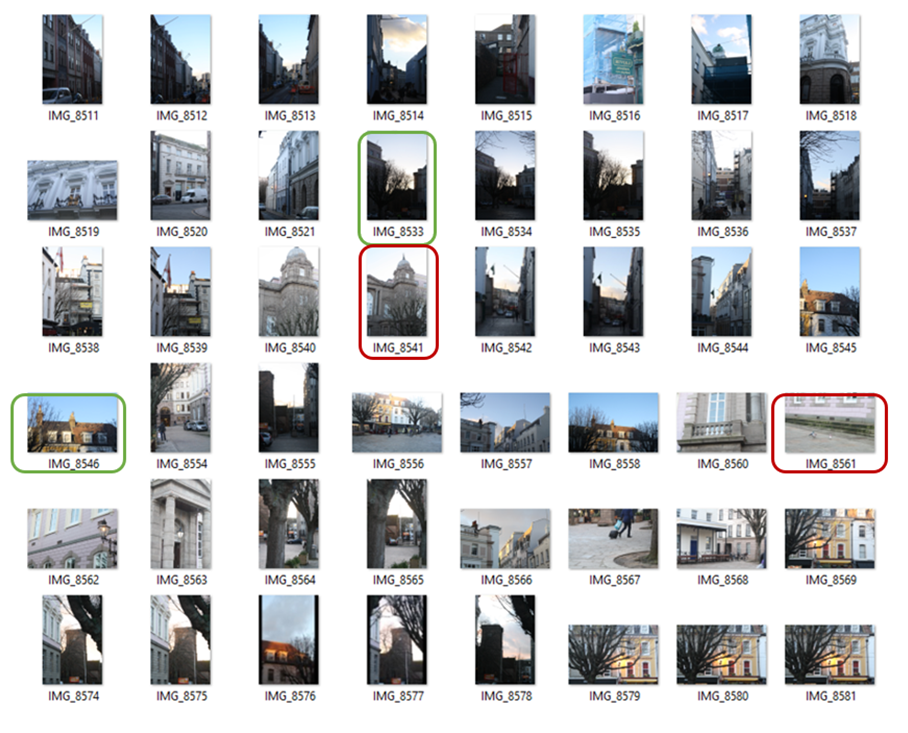
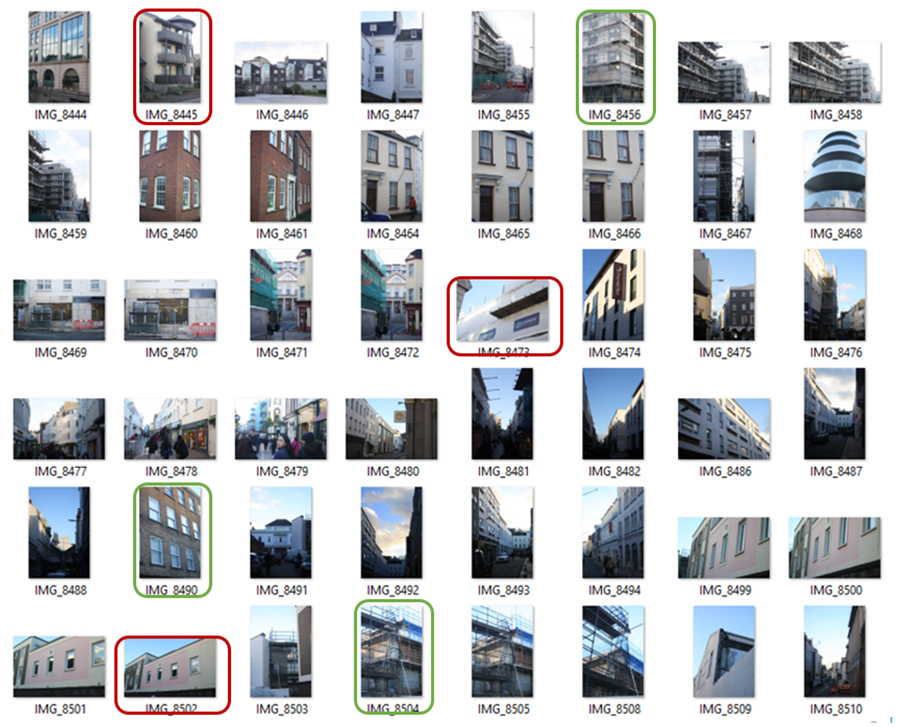

BEST SHOTS
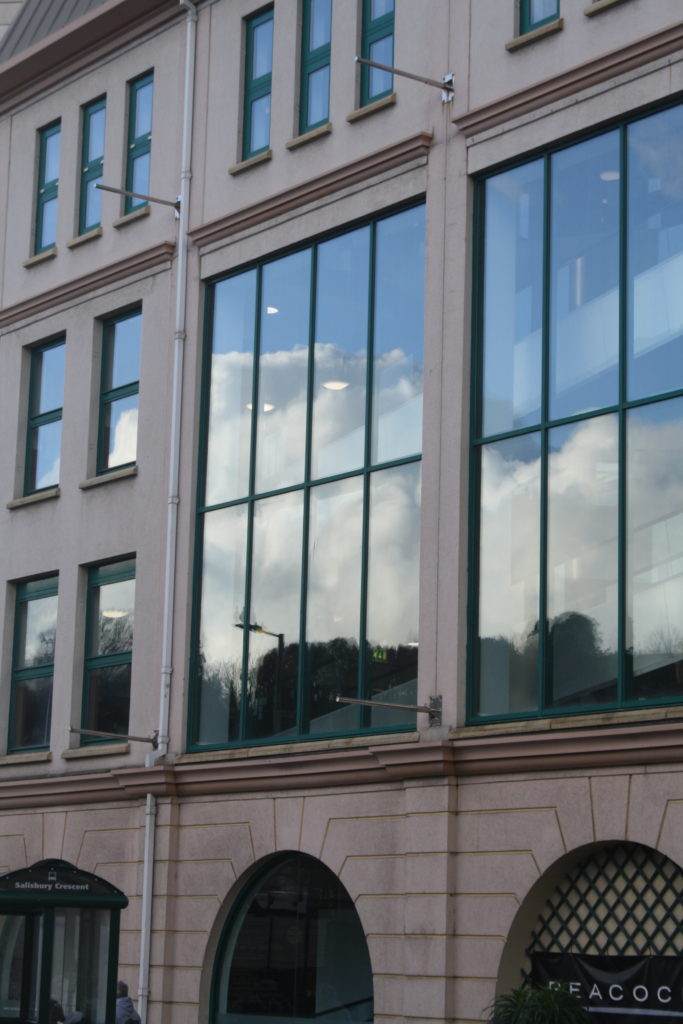

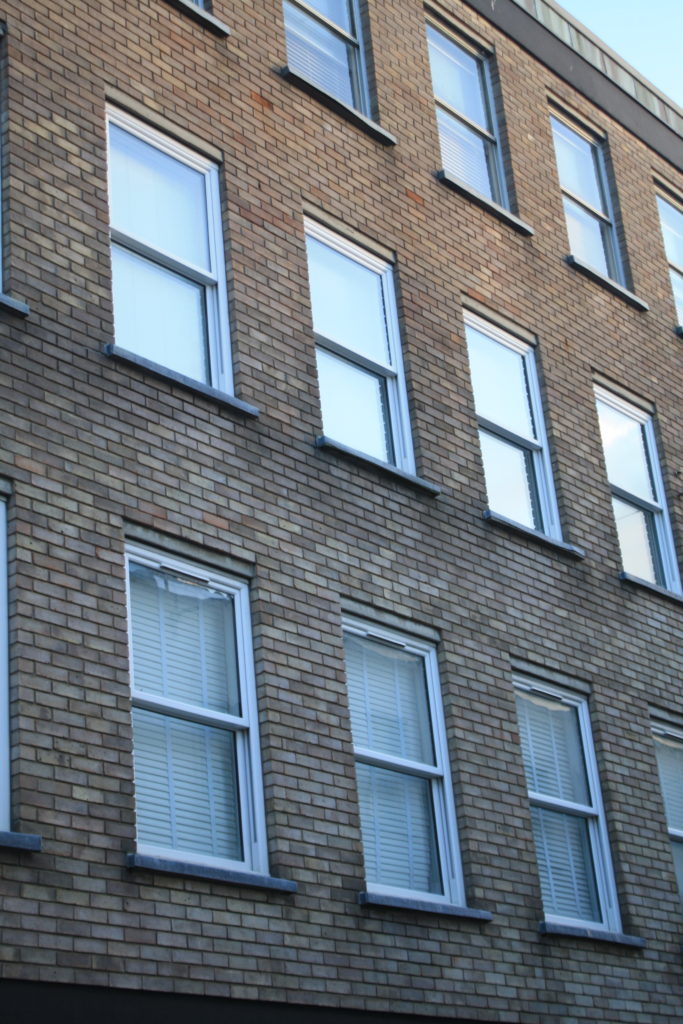
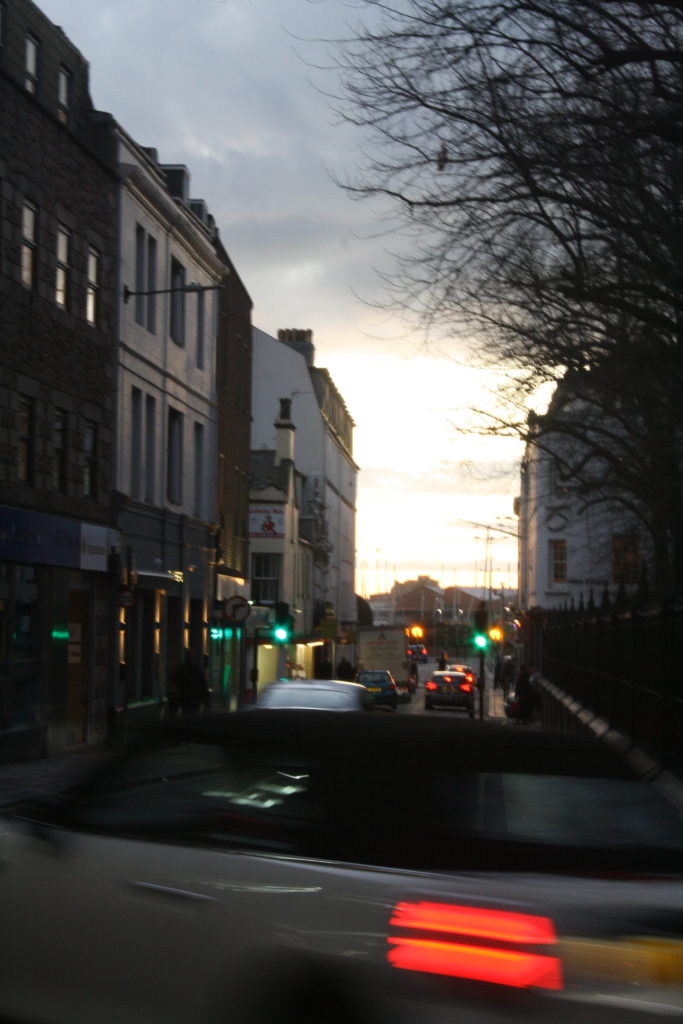
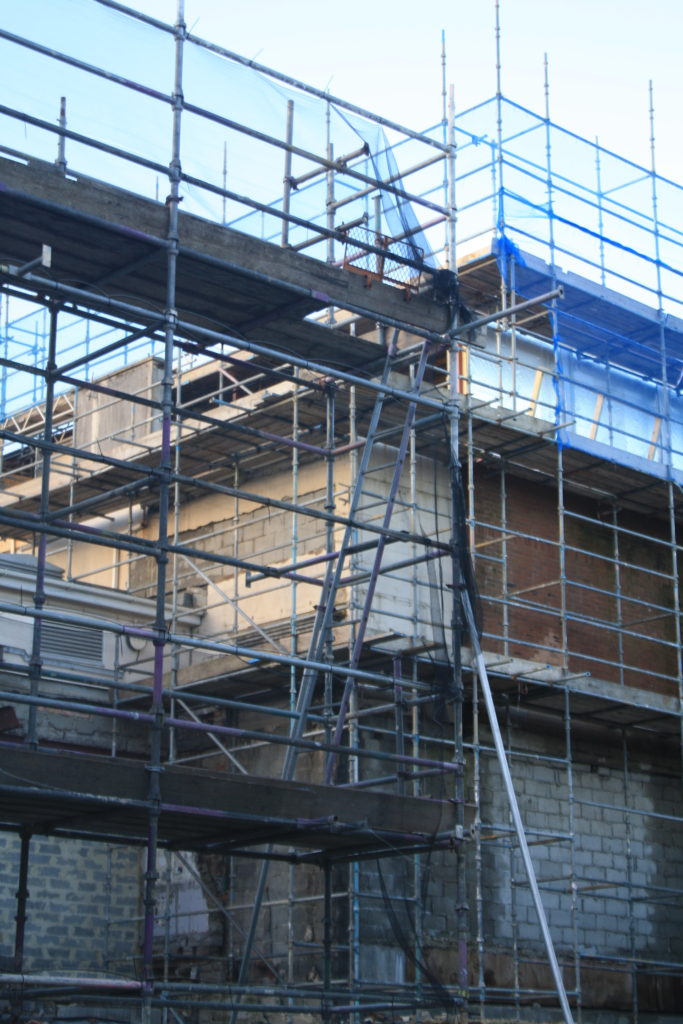
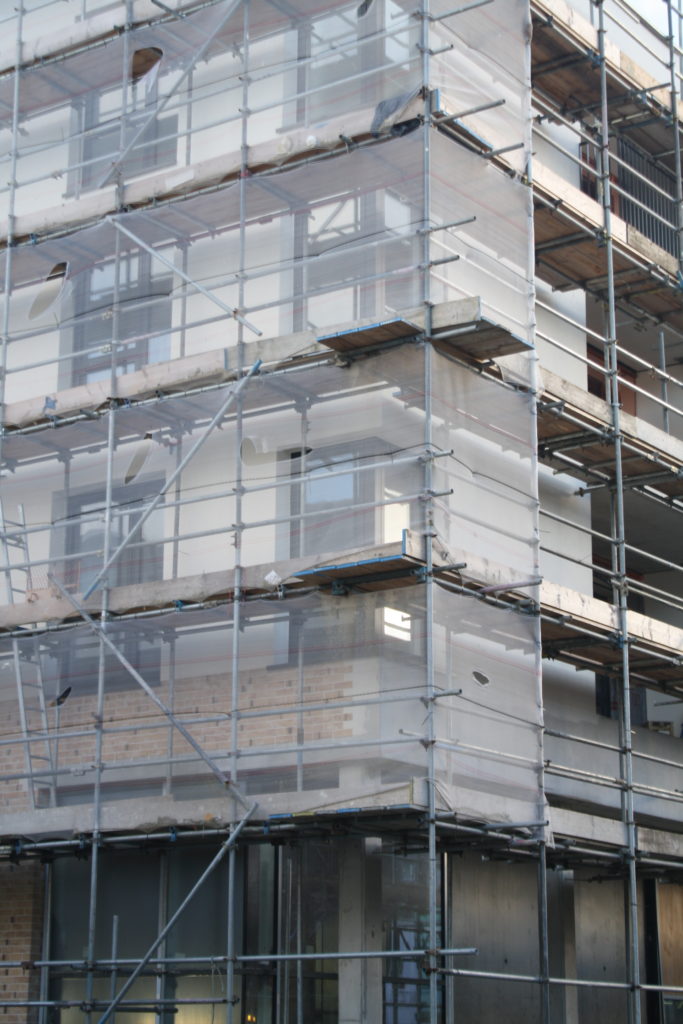
I will mainly focus around town and other built up areas like St. Helier that have a range of different buildings and crowds that I can photograph. I will mainly focus around 4-5pm as this is when most people finish work so there will be bigger crowds. As I am taking inspiration from Stephanie Jung, I will try to photograph the busiest areas and take multiple shots of the same area from different angles/exposures so that I can later layer them on top of each other. I will also focus on taking close up shots of different buildings as I am also responding to Michael Wolfs work. I will photograph a variety of architecture from small to large, old to new, colourful to dull. Through my photoshoot, I hope to display the effects of overpopulation and how it is effecting on the planet and our Island.
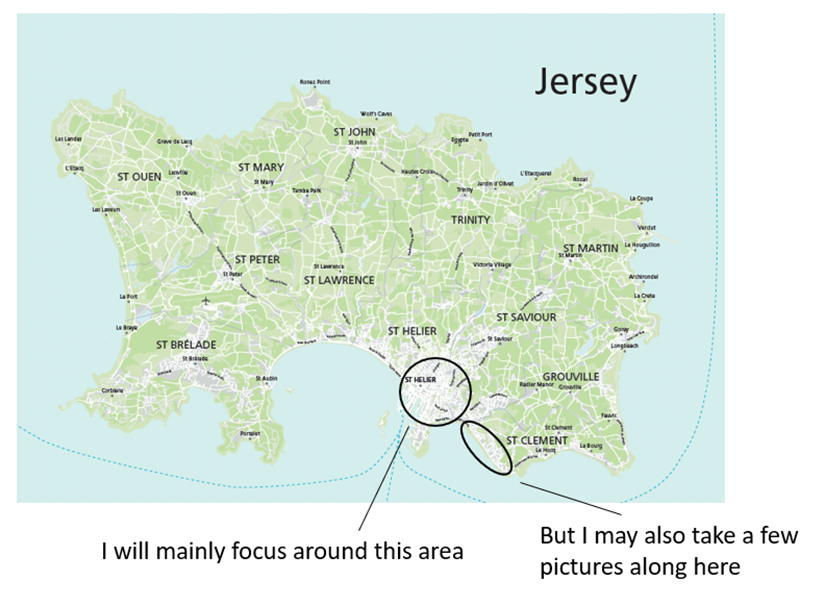
Anthropocene = “proposed geological epoch dating from the commencement of significant human impact on Earth’s geology and ecosystems, including, but not limited to, anthropogenic climate change.”
Anthropocene, coming from the Greek terms for human (‘anthropo’) and new (‘cene’), is the time period where humans have had a catastrophic impact on the planet. Many things can represent Anthropocene: pollution, plastics, overcrowding, global warming, etc. In the past 11,500 years, humans have built a technological empire which is slowly killing the planet. It is argued that Anthropocene started at the beginning of the industrial revolution where the first fossil fuel economy was created. Some argue Anthropocene started when humans started farming and even some believe it dawned in the 1950s when humans let radioactive elements into the atmosphere after using nuclear weapons. Despite this argument, the thing that matters most is bring light onto what is happening to the planet and what we can do to prevent the worst happening and help save our home.
Anthropocene photography can come in the form of showing the devastating affects of humans/the impact on the environment, or showing off what we already have. Many people take for granted the beauty of what we have on this planet and cant see how we are ruining all the wonders we have.

Mood board
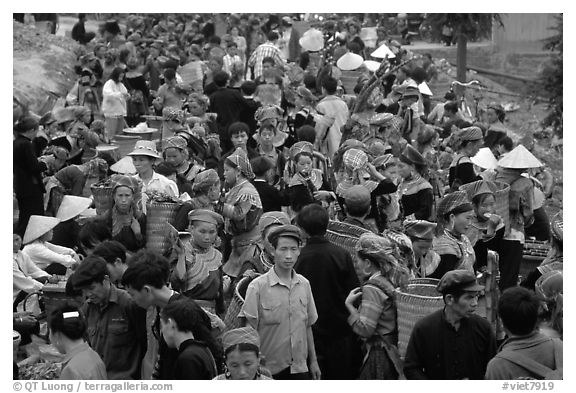

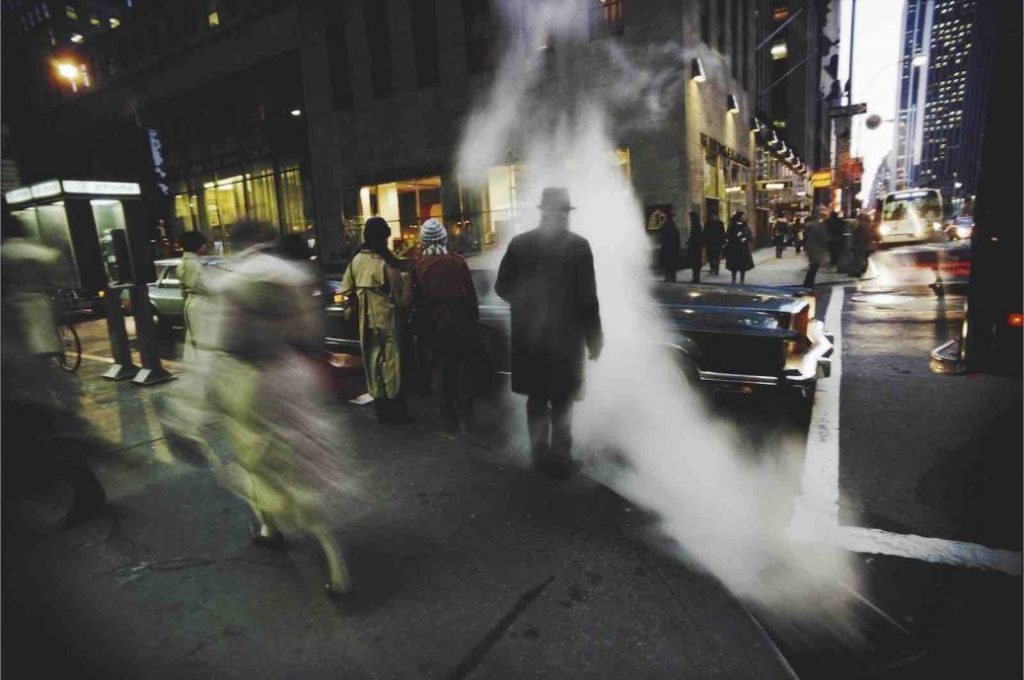
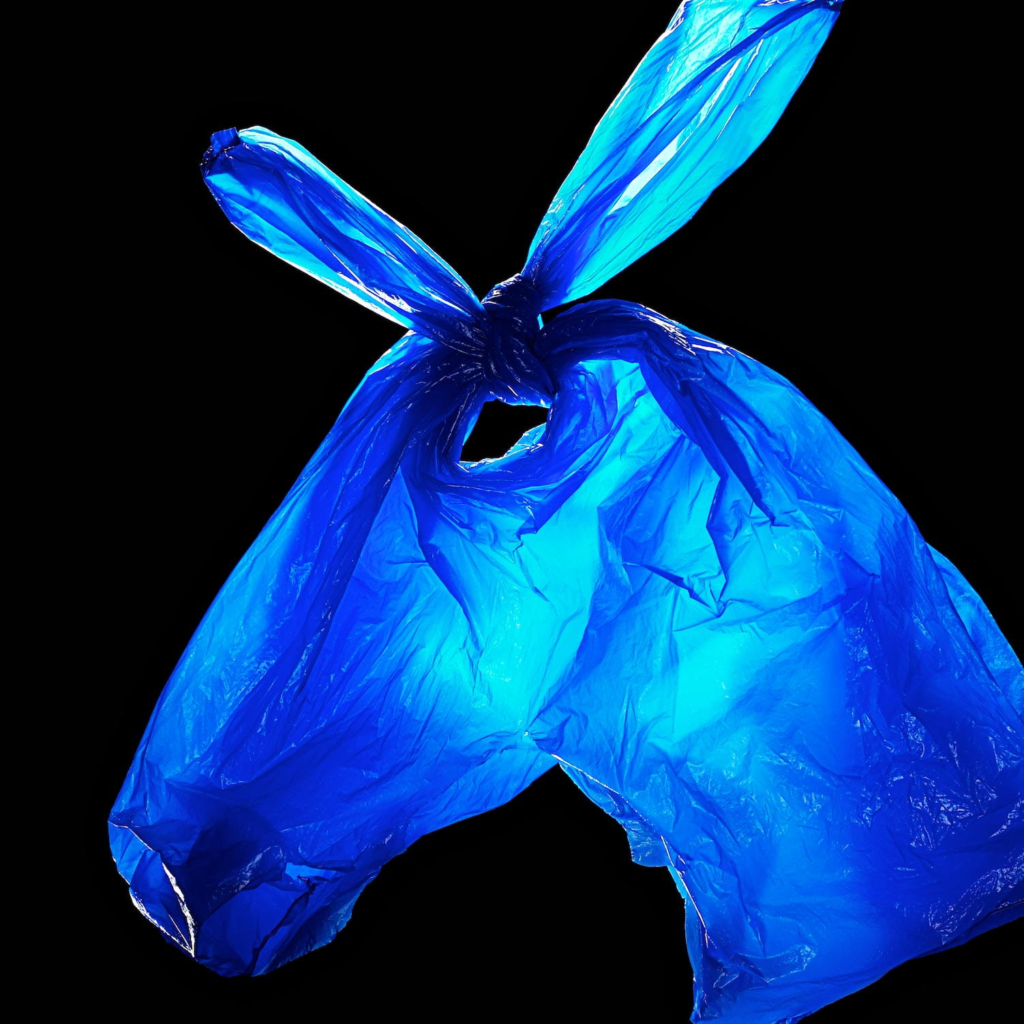

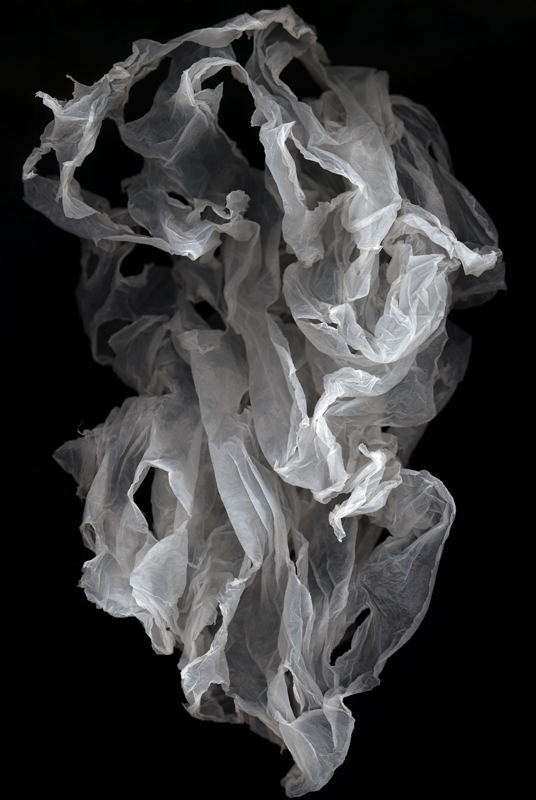
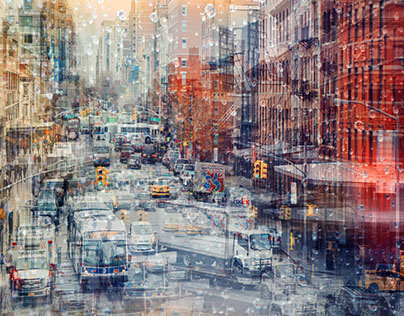
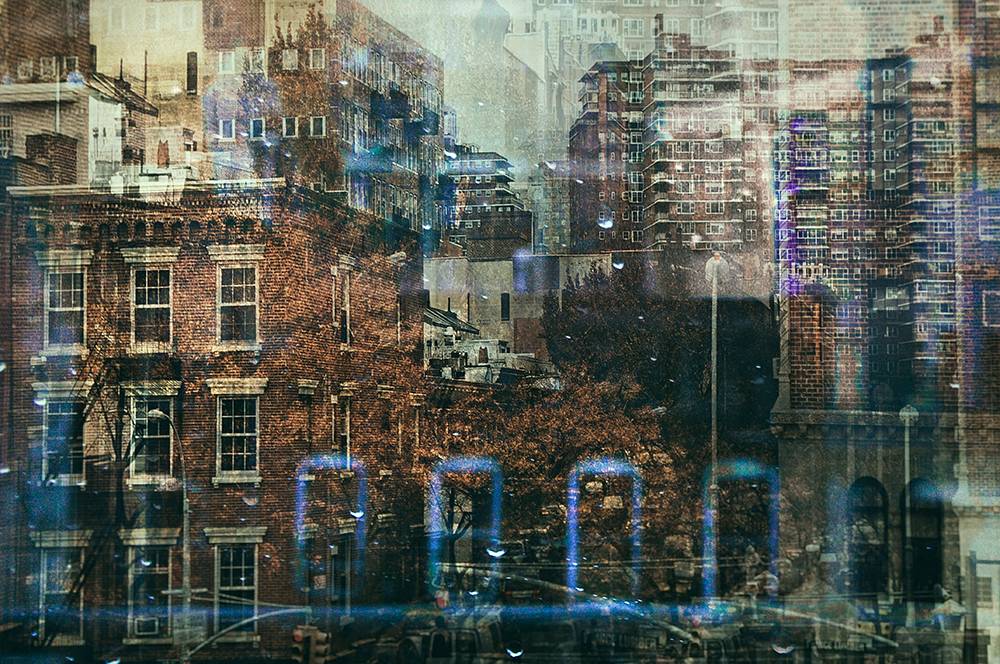
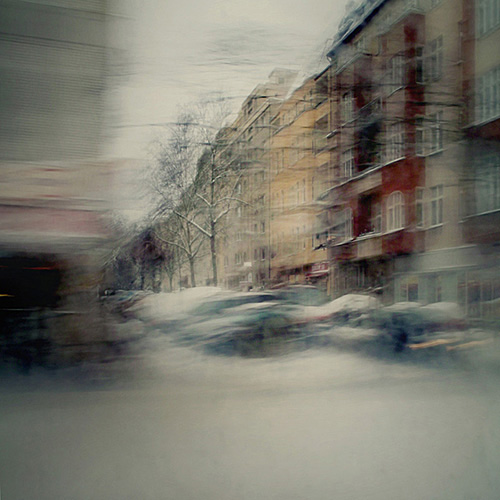



Mind map
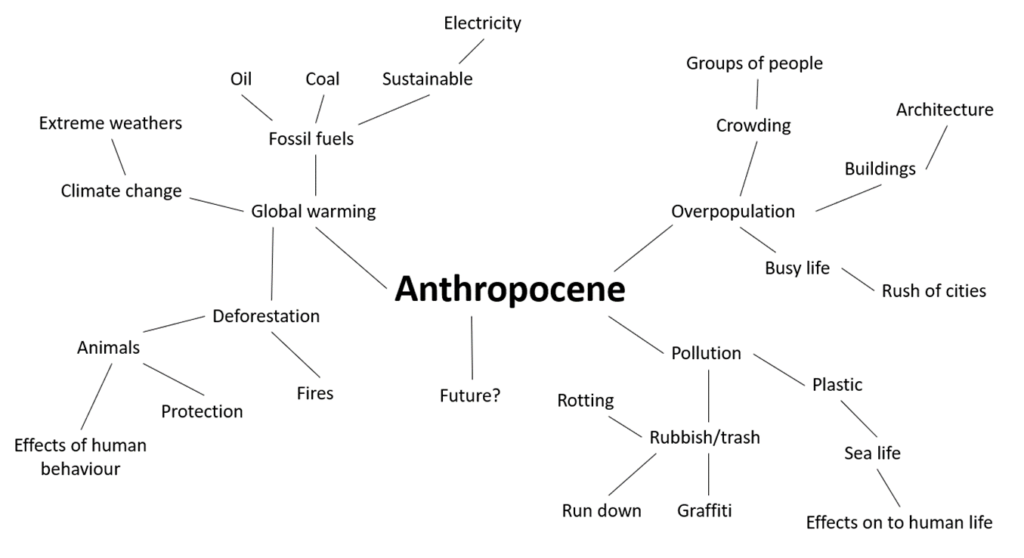
WHO IS MICHAEL WOLF?
Michael Wolf was a German artist and photographer who focused on capturing daily life and the busyness of cities, born 30 July 1954 and died 24 April 2019. His work was mainly based in Hong Kong and Paris, he loved architectural patterns and well as daily interactions in cities. He grew up in a family of artists with his father being a calligraphist and his mother working with pottery and paint. He began his career in photojournalism, working for eight years with the magazine Stern, but he never really enjoyed it, describing it as “stupid and boring”.
WHY HAVE I CHOSEN THIS PHOTOGRAPHER?
I have chosen this photographer because I want to focus my project of Anthropocene on overpopulation and overcrowding as these can have major effects on the planet. I think his photographs show the busy lives of the city and crowded areas while it still being creative and effective. I also love the use of repition in Michael Wolfes work, it suggests that humans are only repeating what they are already doing instead of fixing the problem they have caused.
HOW I WILL RESPOND?
I will focus on areas such as St. Helier and other built up places so that I can photograph a variety of different buildings. I will try to focus a range of buildings from tall to short, old to new, colourful to dull so that it shows the variation of properties in Jersey and hopefully show the effects of overpopulation on the planet.
EXAMPLES OF HIS WORK



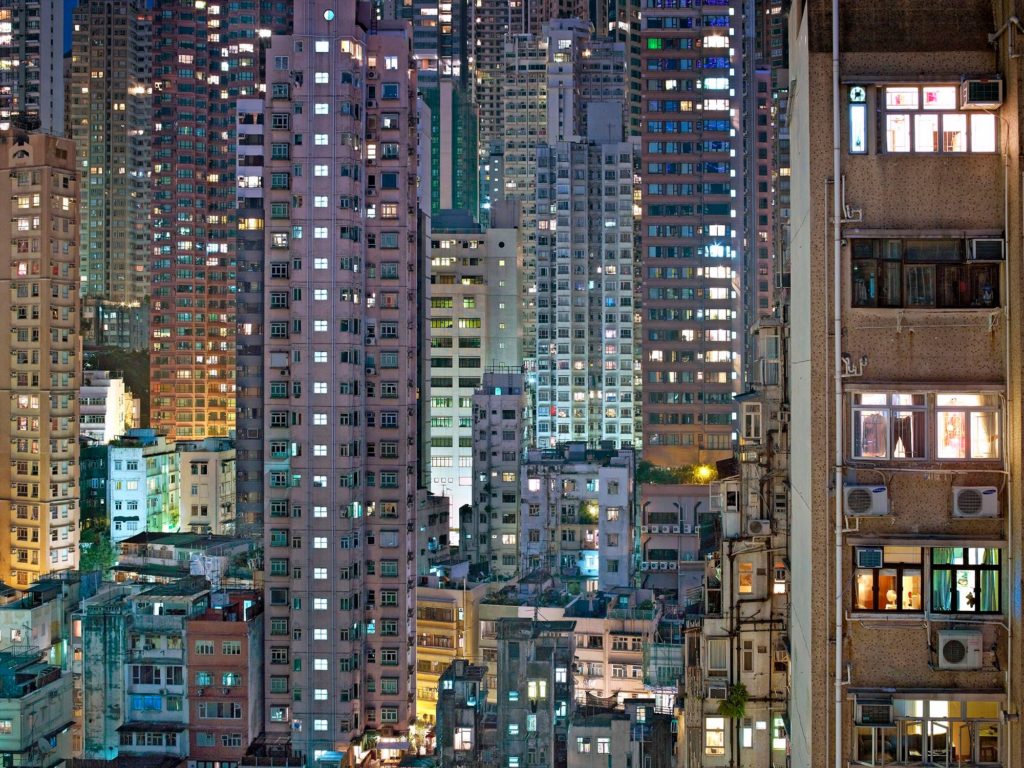
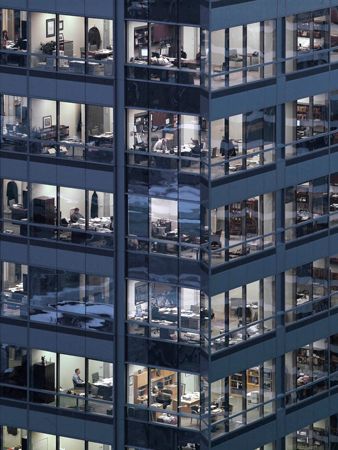
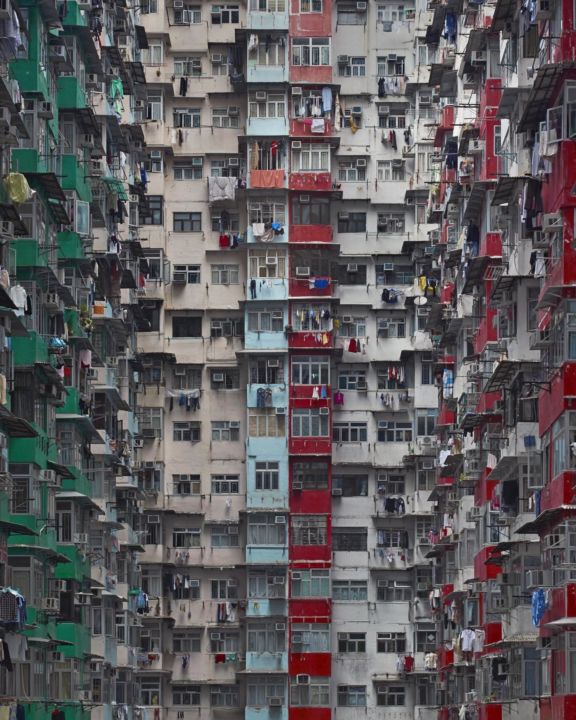
ANALYSIS
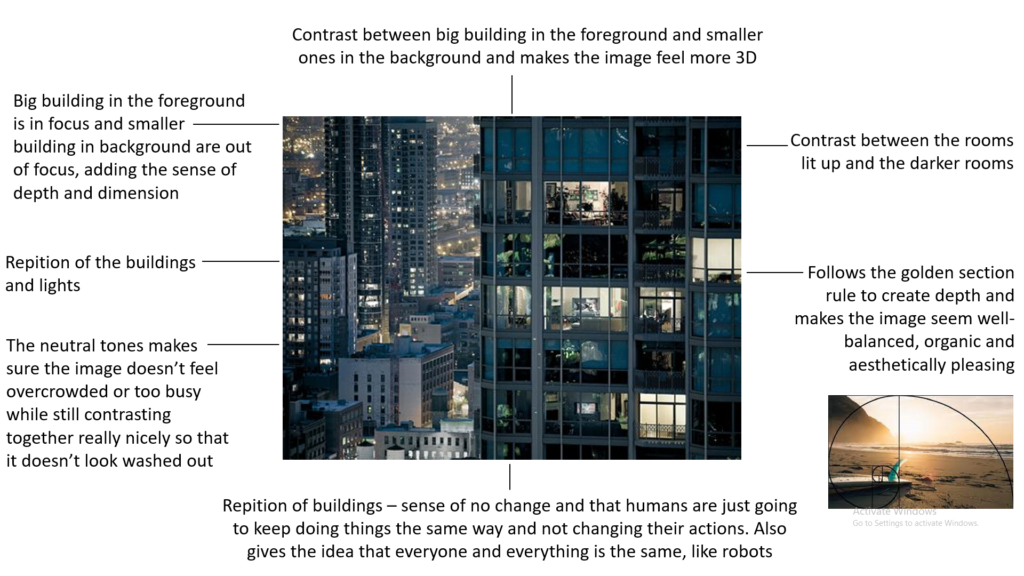
WHO IS STEPHANIE JUNG?
Stephanie Jung, based in Germany, is based known for her experimental work using multiple exposures of cities and crowded areas. She learnt the crafts of photography through her father. She loves warm colours (often around dusk time) and busy streets filled with pedestrians, vehicles, and tall buildings. After taking pictures from all different angles and exposures, she layers them all on top of each other so that you can vividly see all them all.
WHY HAVE A CHOSEN THIS PHOTOGRAPHER?
I have chosen Stephanie Jung because I really like the way it shows the busyness of a city while it still being different, exciting and not just a boring picture that you could see anywhere. This links to Anthropocene as I think its a great way of showing overpopulation (busy, lots of people, etc.) and pollution (loads of cars, etc.).
HOW I WILL RESPOND?
I plan to walk around town (St. Helier) and other busy places, especially around 4-5pm when lots of people finish work so there will be more going on and to photograph. I will mainly look for large crowds and tall buildings as these are elements that are focus points in Stephanie Jung’s work that I really love the effect of. I also the love the use of colour in the photos and how they can have such a big impact on the whole appearance of the photo, and because it is currently winter the sun will be setting when I plan on taking photos which I think will bring the pictures to life and make them that bit more special.
SOME EXAMPLES OF HER WORK
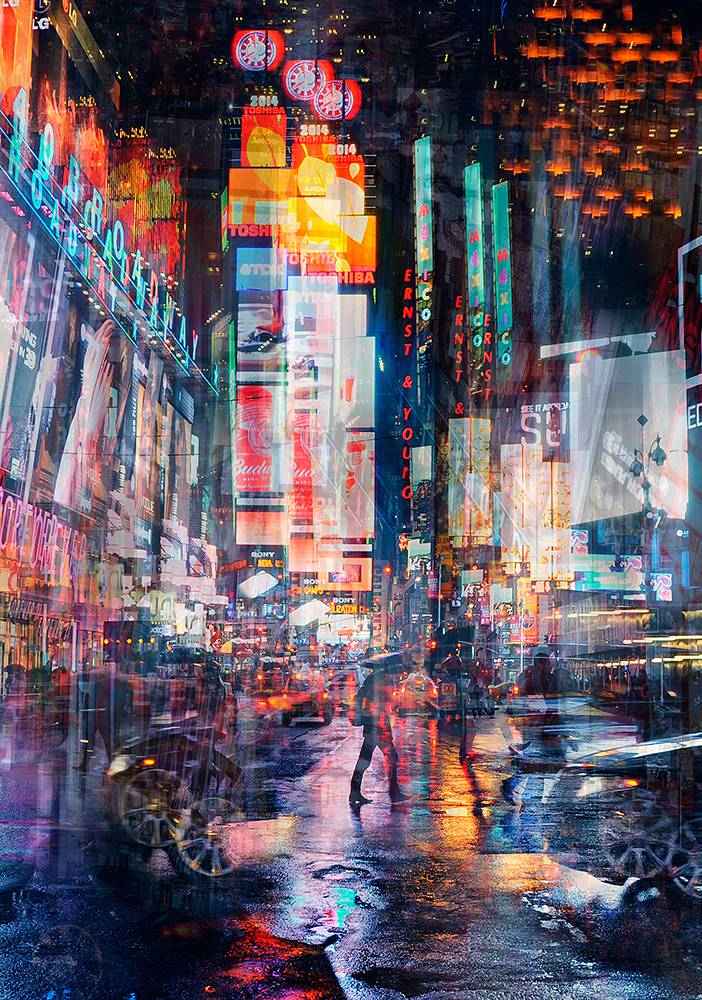
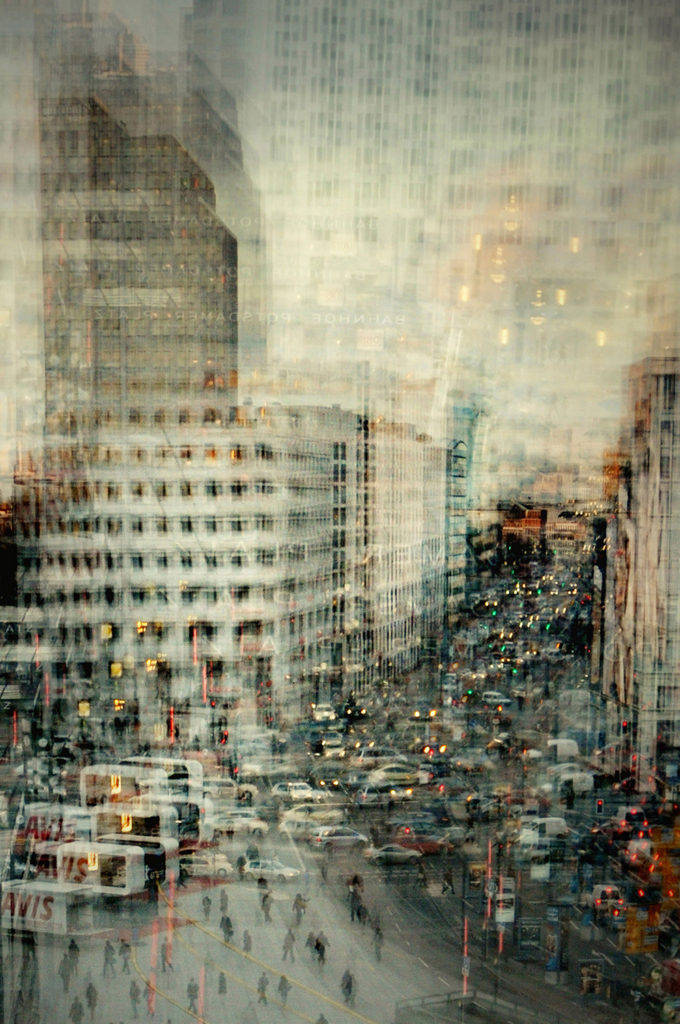
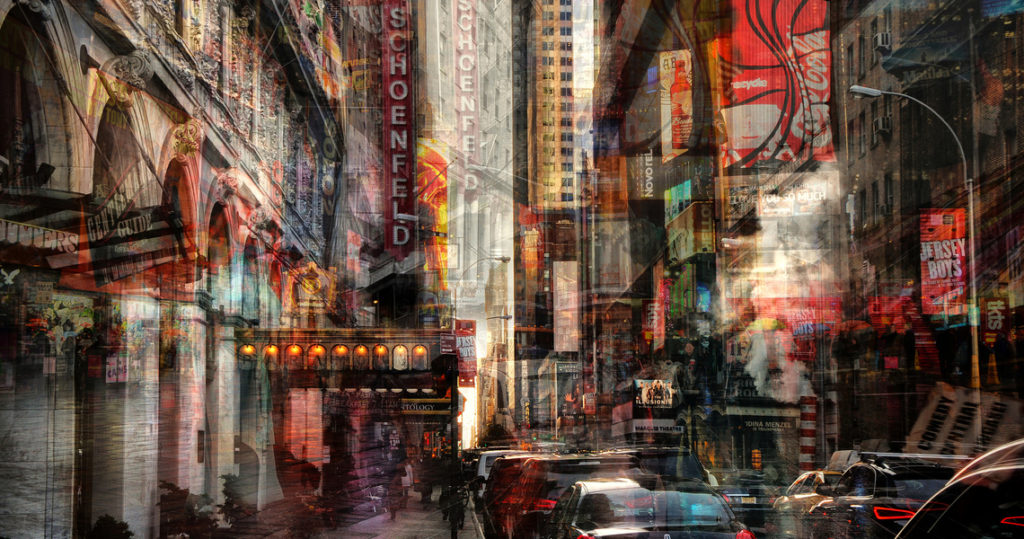
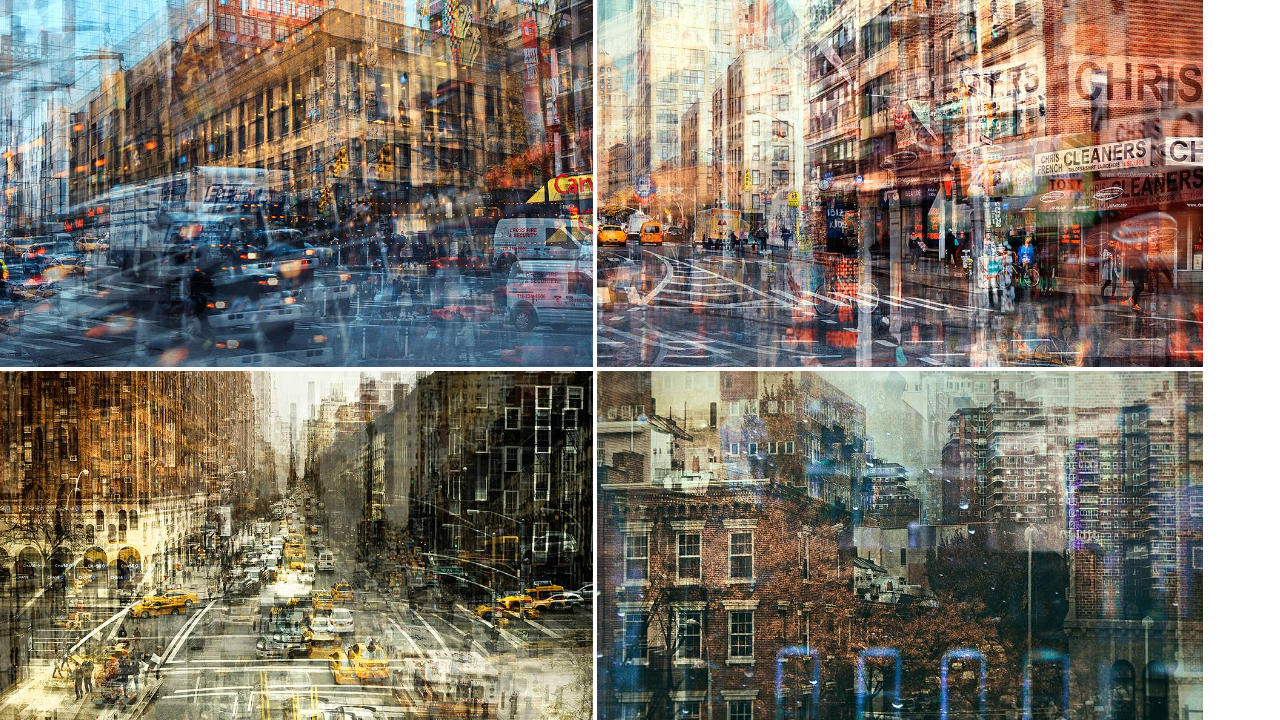
ANALYSIS
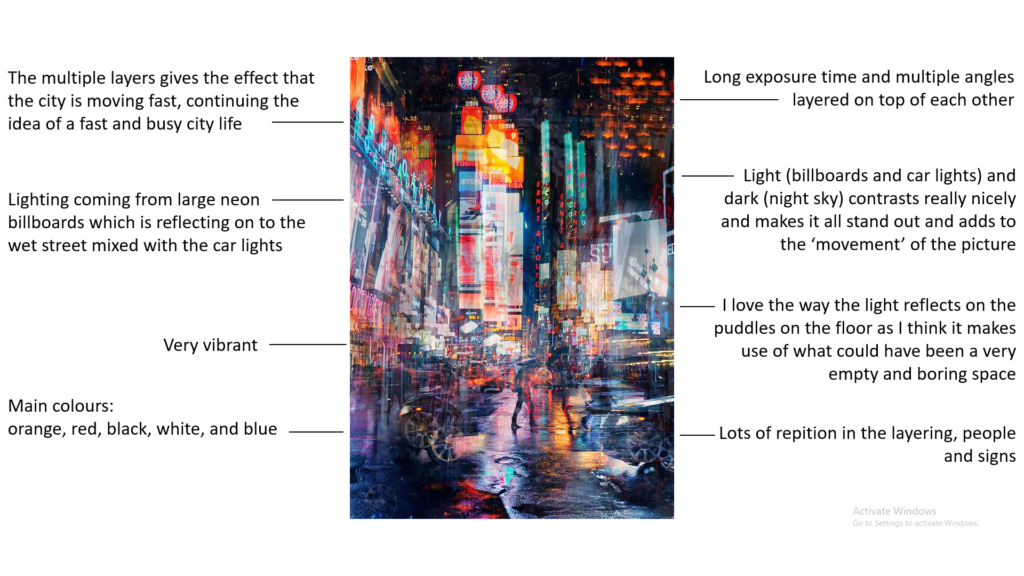
HOW TO MAKE IT – PHOTOSHOP
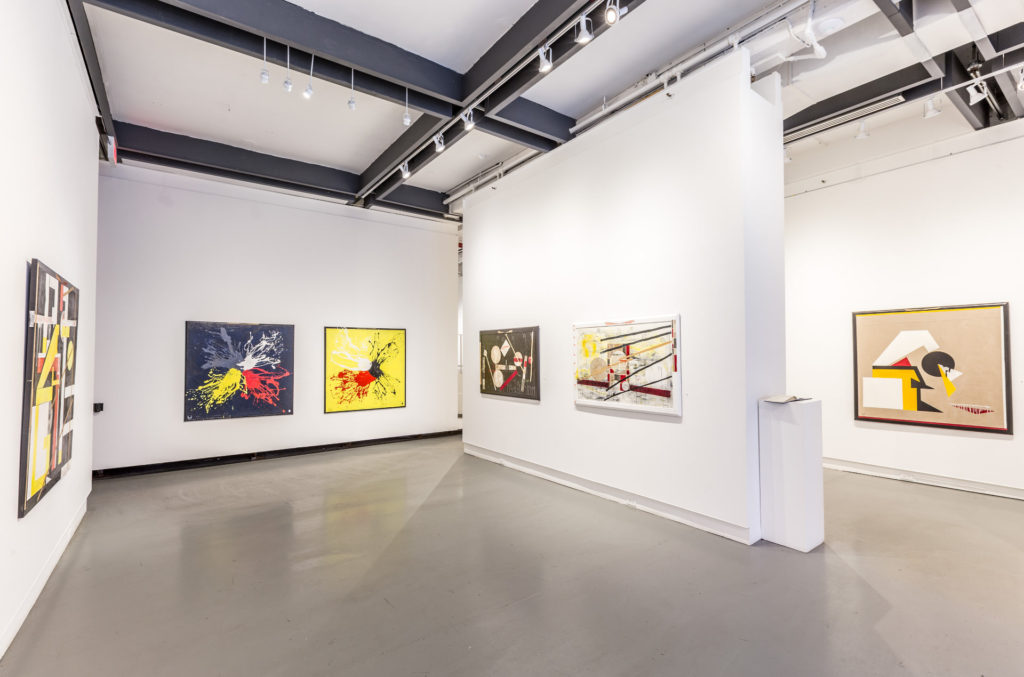
2. Bring the photo into photoshop.

3. Bring in your photo that you would like to display.
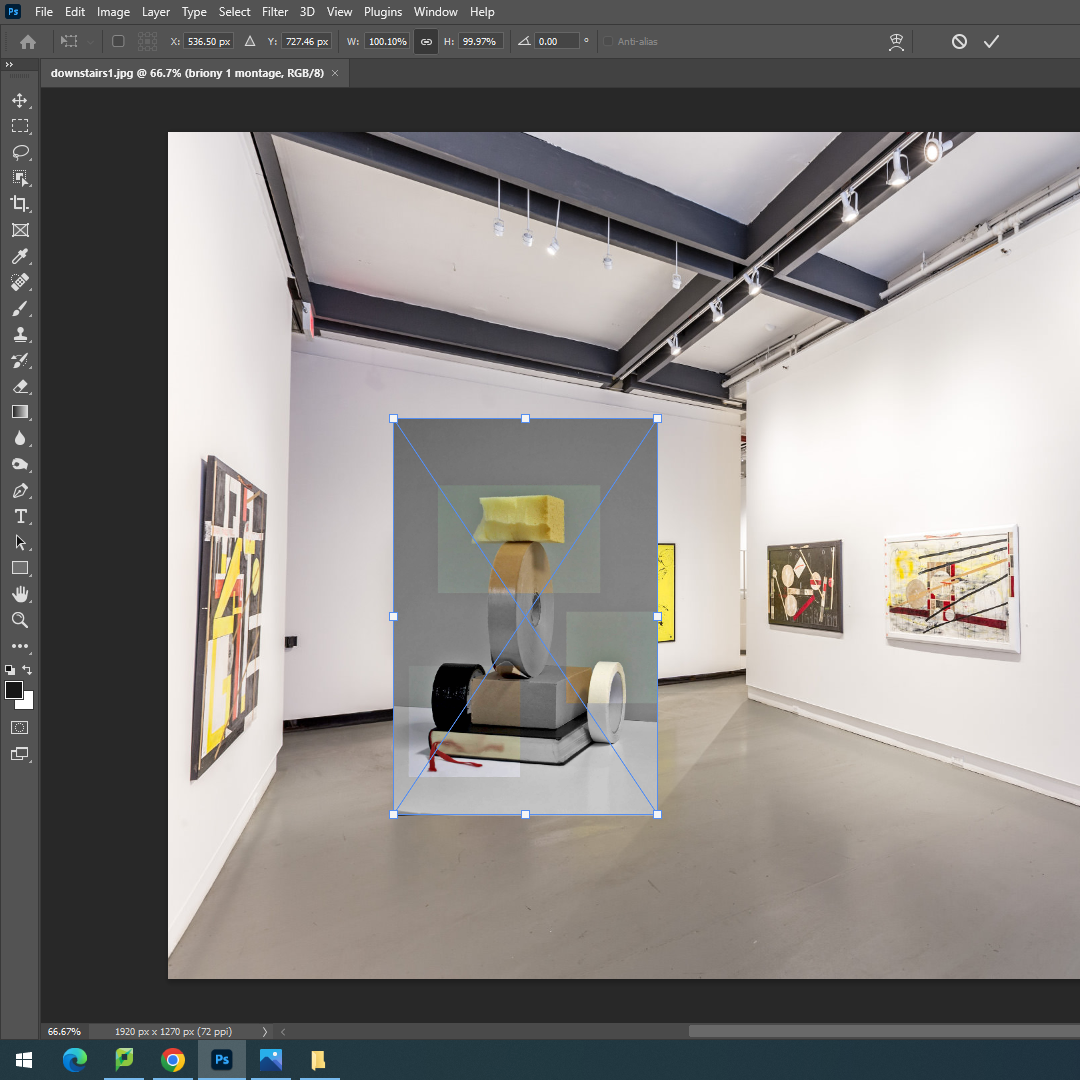
4. Scale the photo to an appropriate size.
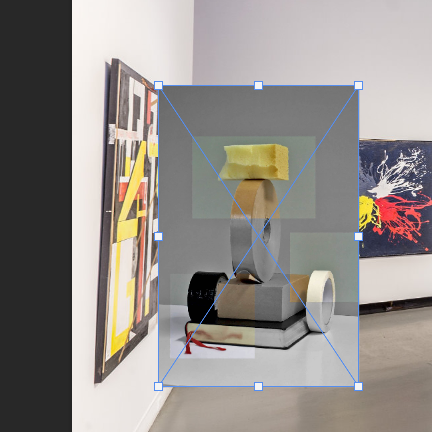
5. Using the transform tool, you can use the skew scale to move the image until it fits the original picture on the wall.
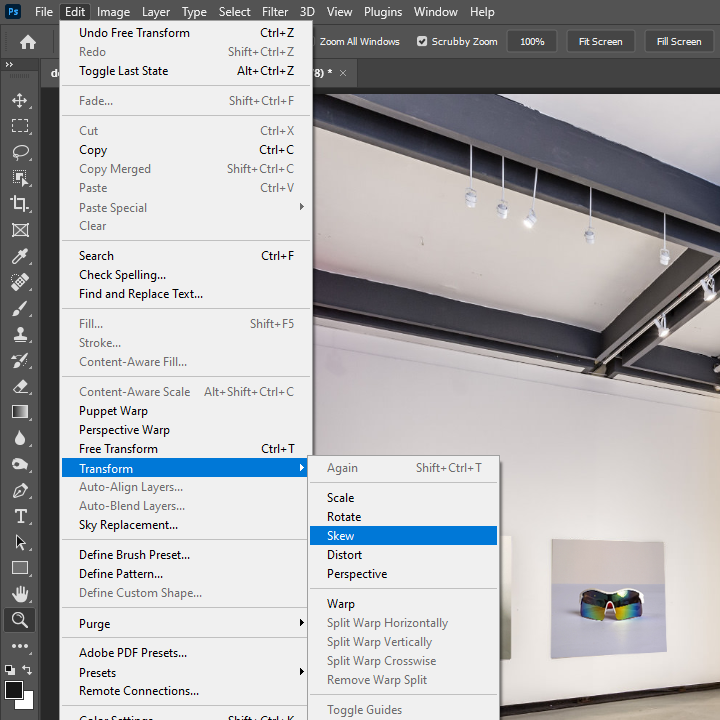
6. Repeat with the rest of the pictures. I used the pictures I picked for my final home project photos.
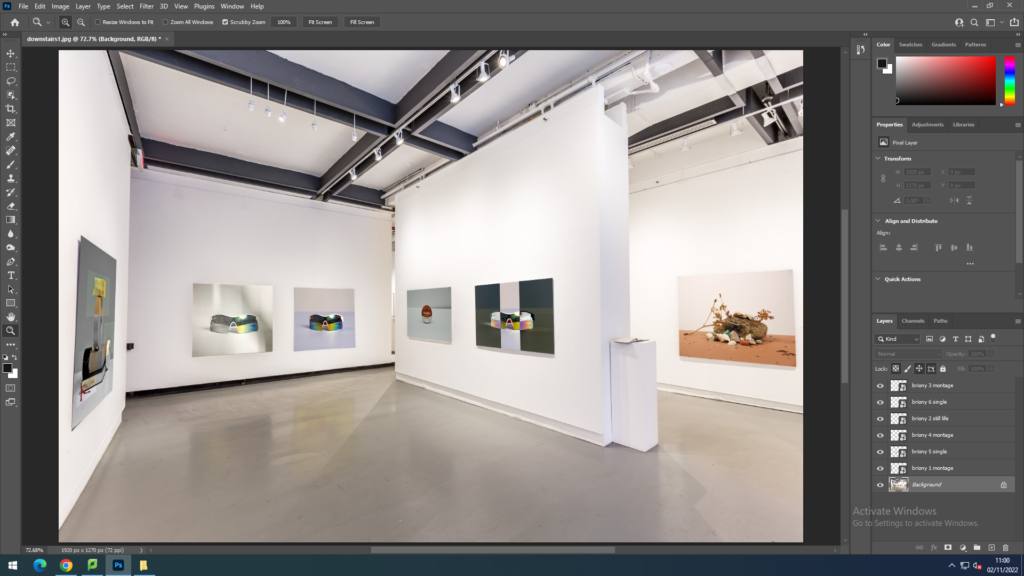
FINAL RESULT
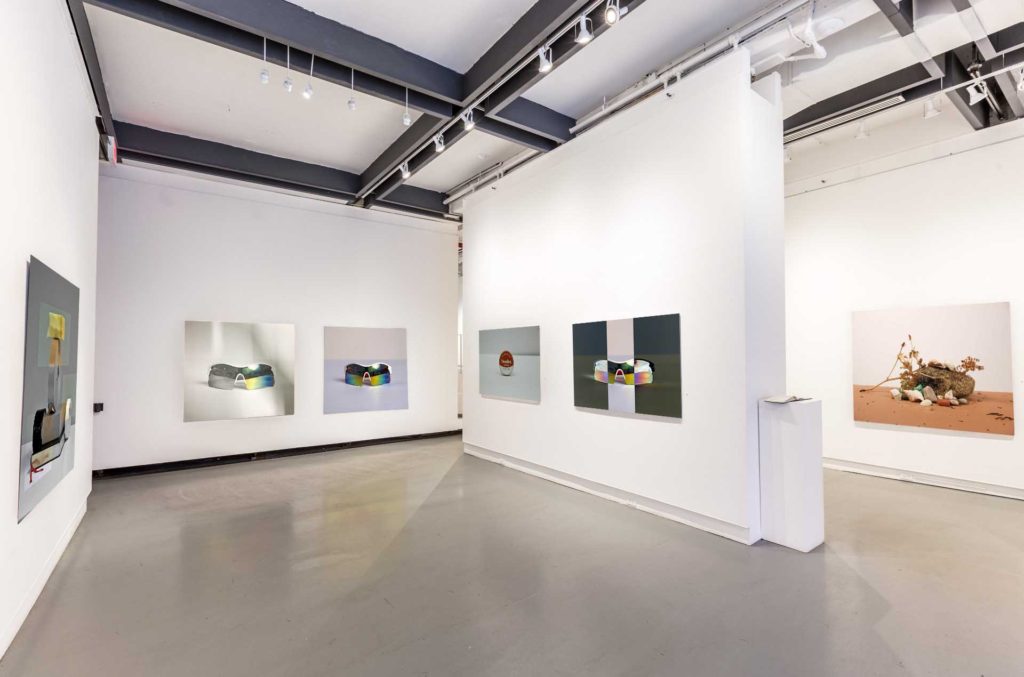
ONLINE GALLERY
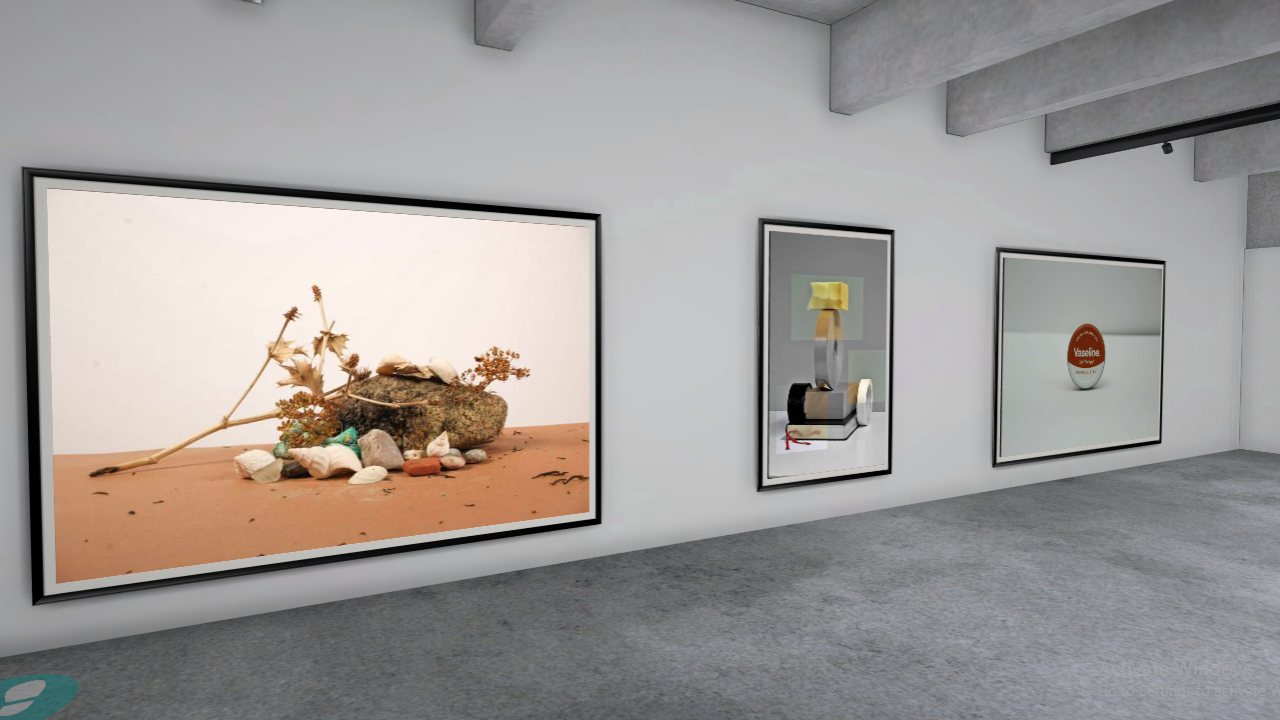
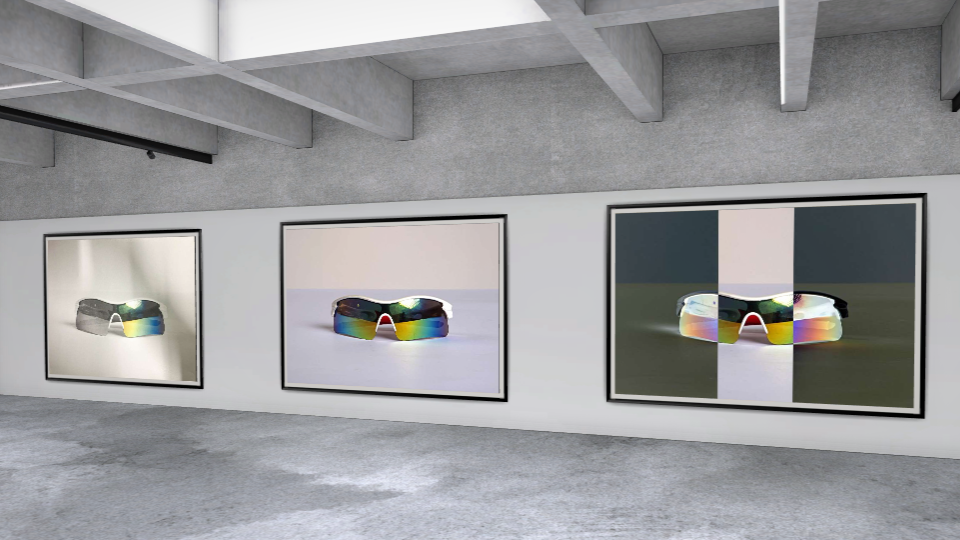
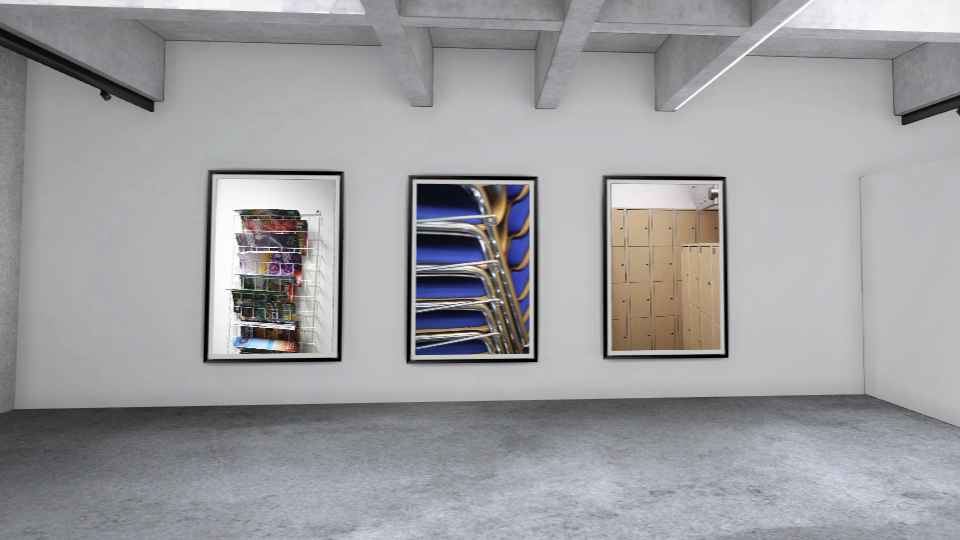
View my full gallery here
MY FINAL HOME PROJECT IMAGES
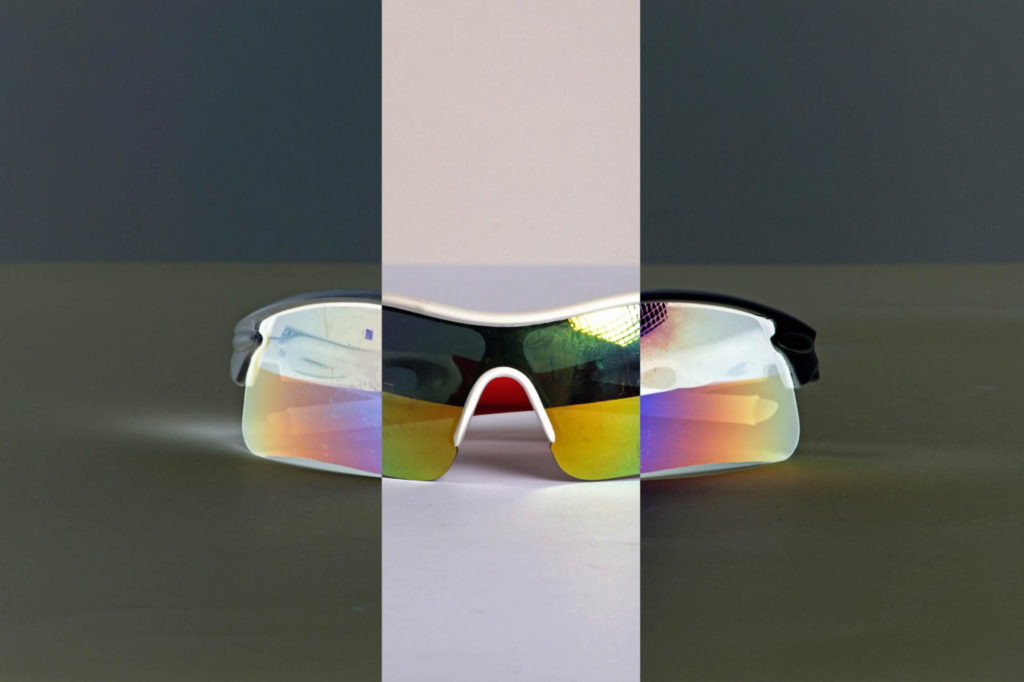
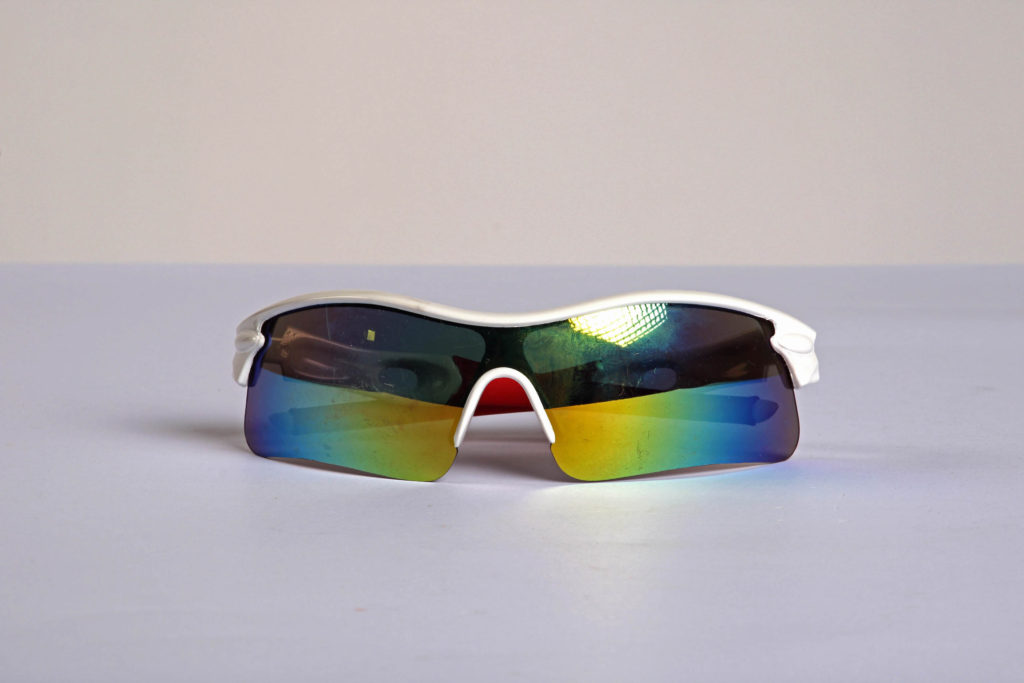
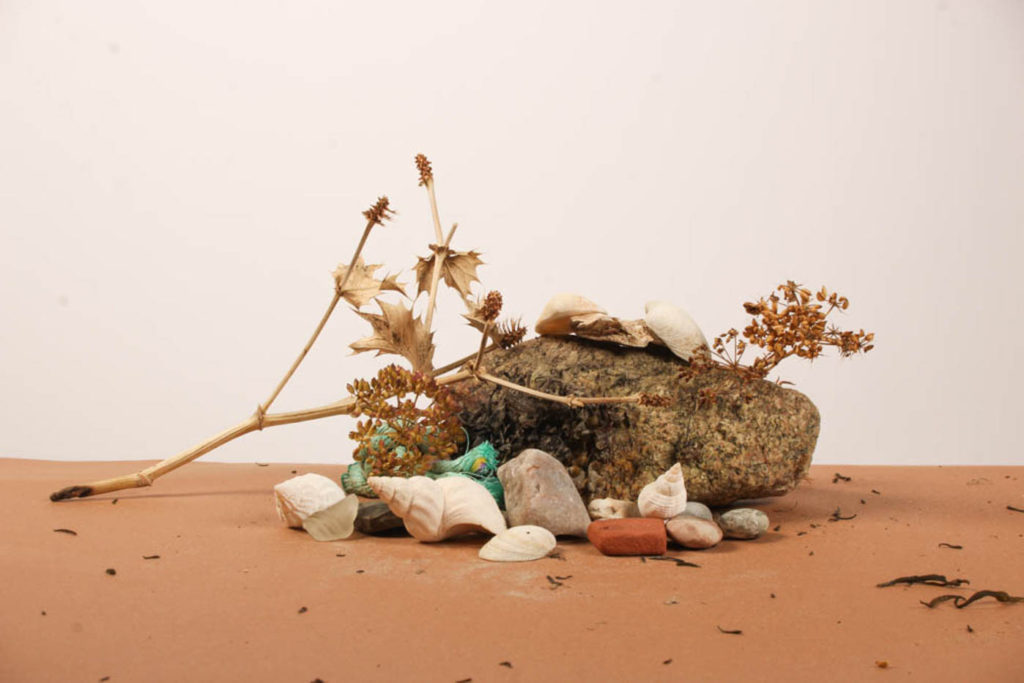
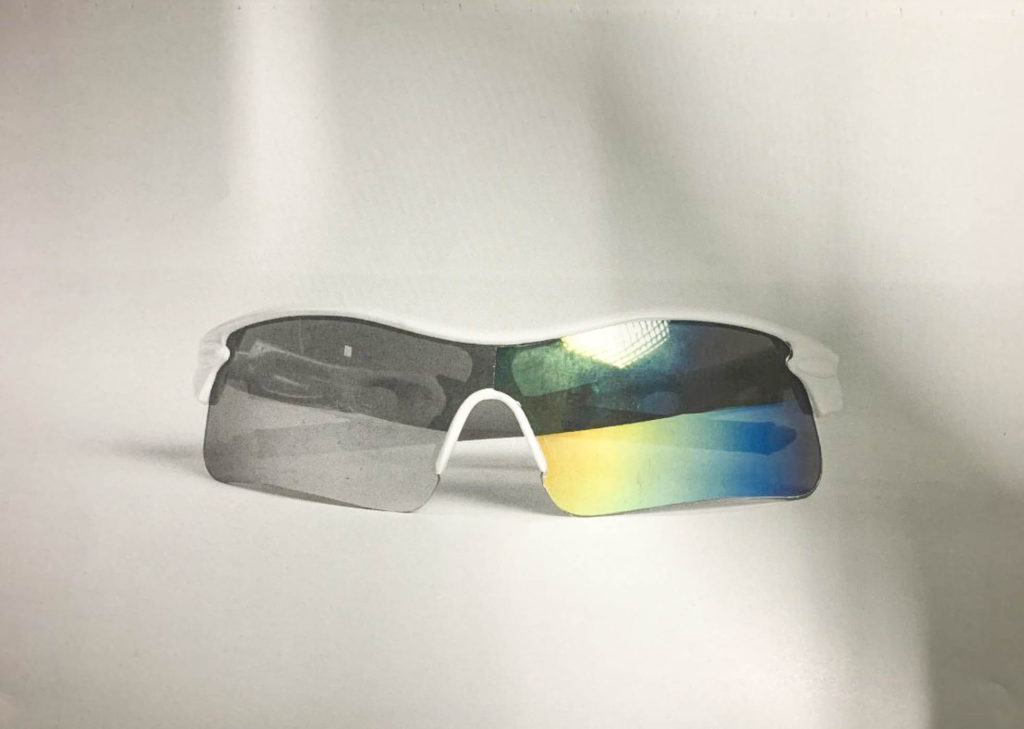
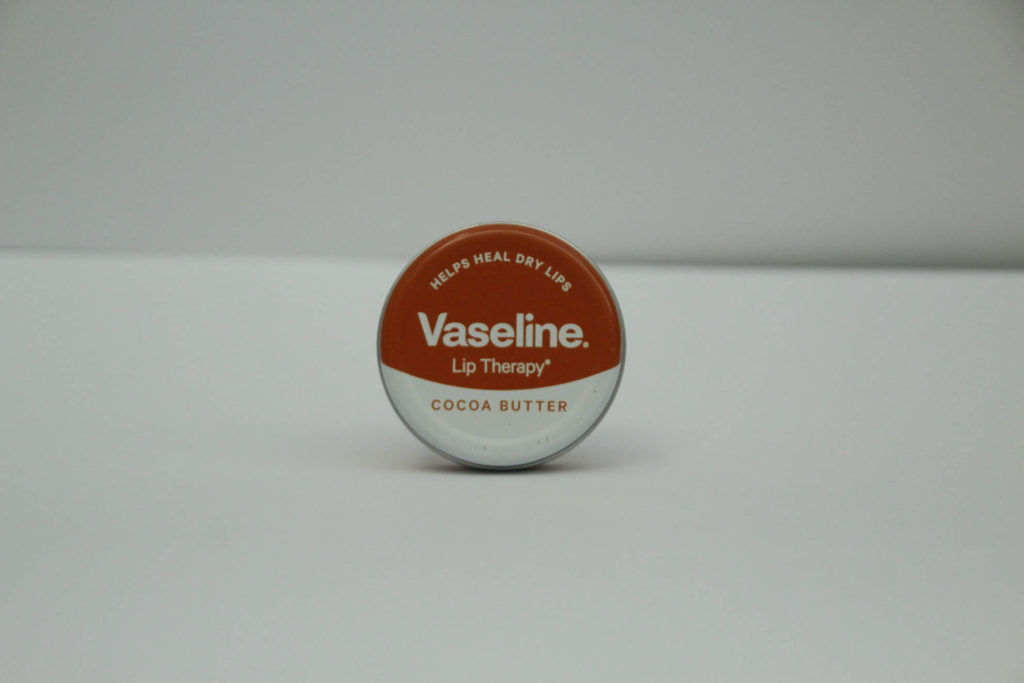
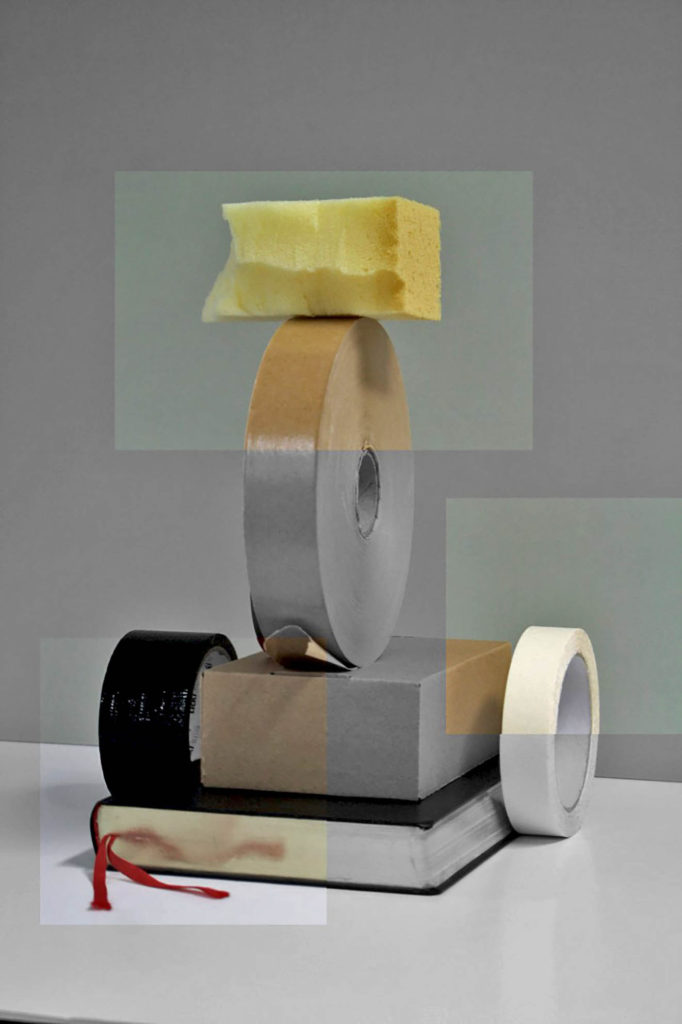
EVALUATION OF THE PROJECT
To start with I did a still life photoshoot in the studio:
The first photoshoot was groups of sea objects where I was able to experiment with different lighting/colours and the depth of field.
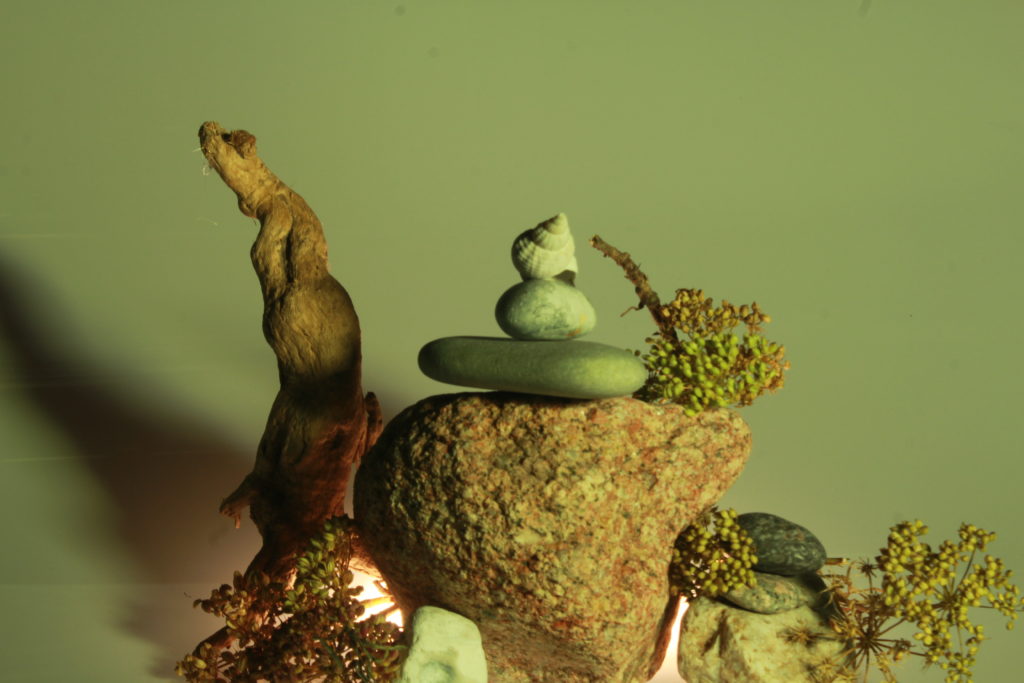
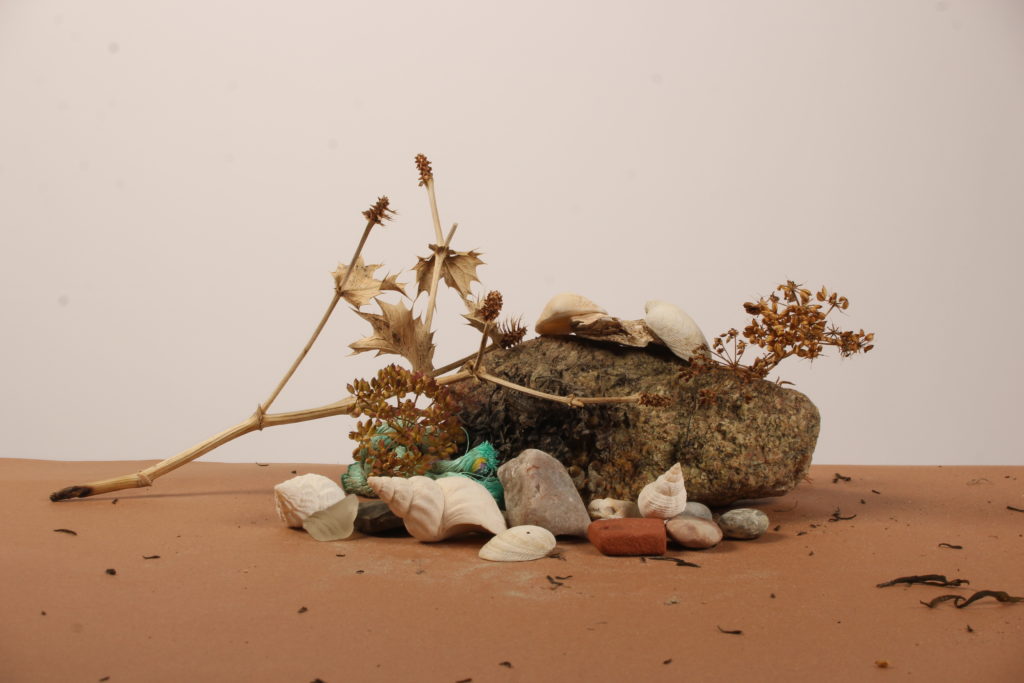
I then focused more on single objects that I had a personal connection with.
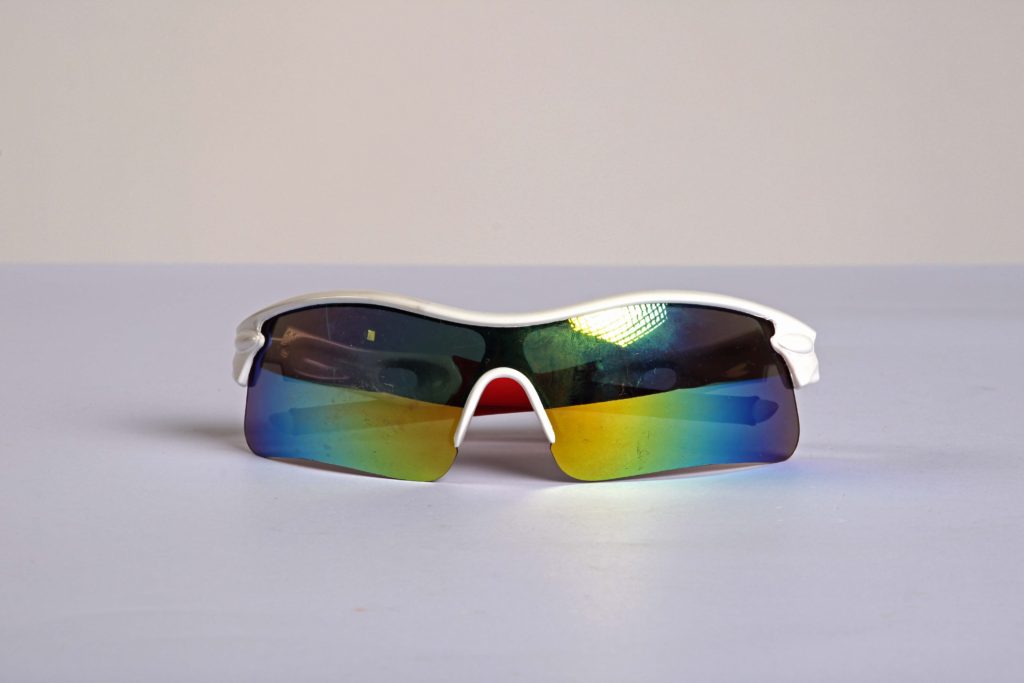

I then started to make digital edits:
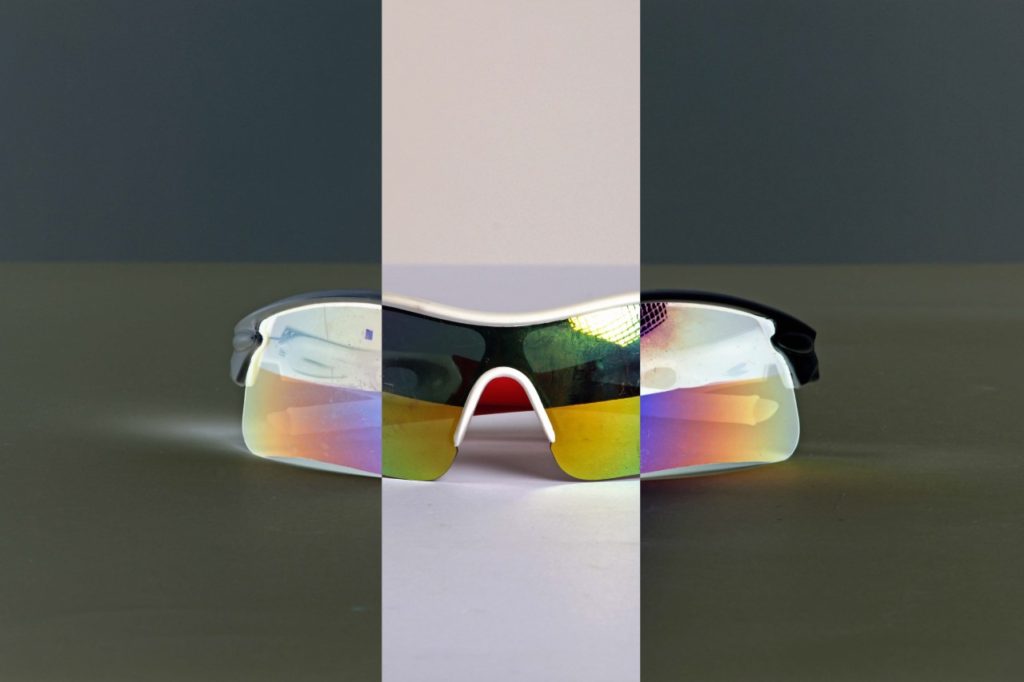

And physical edits:
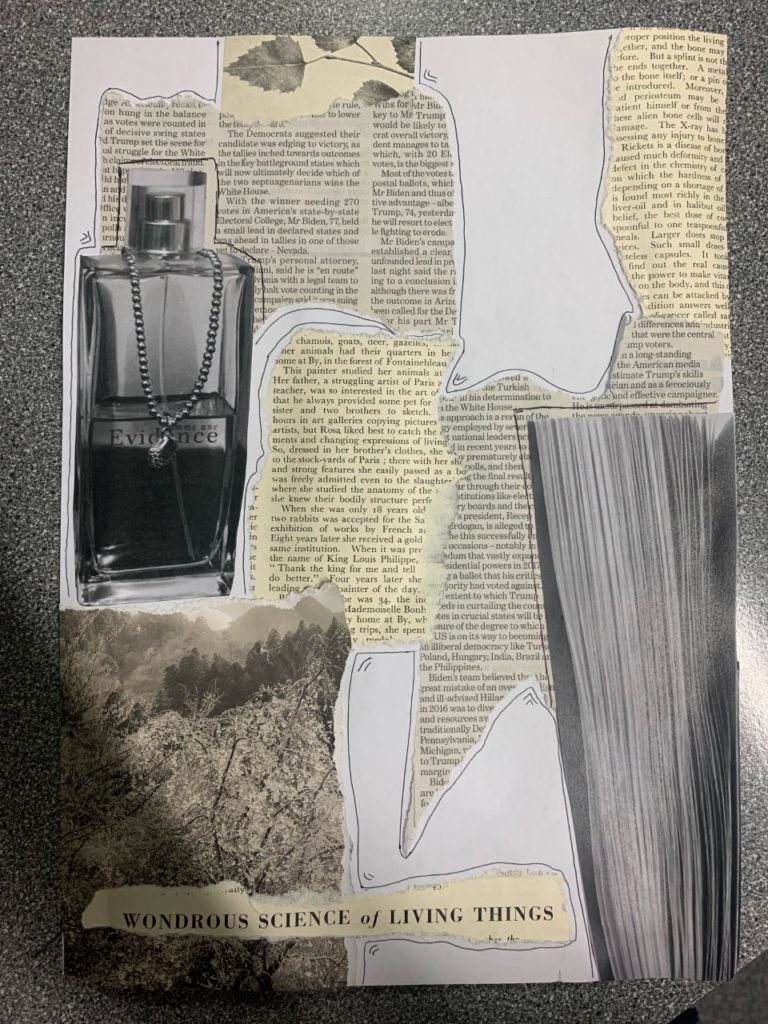
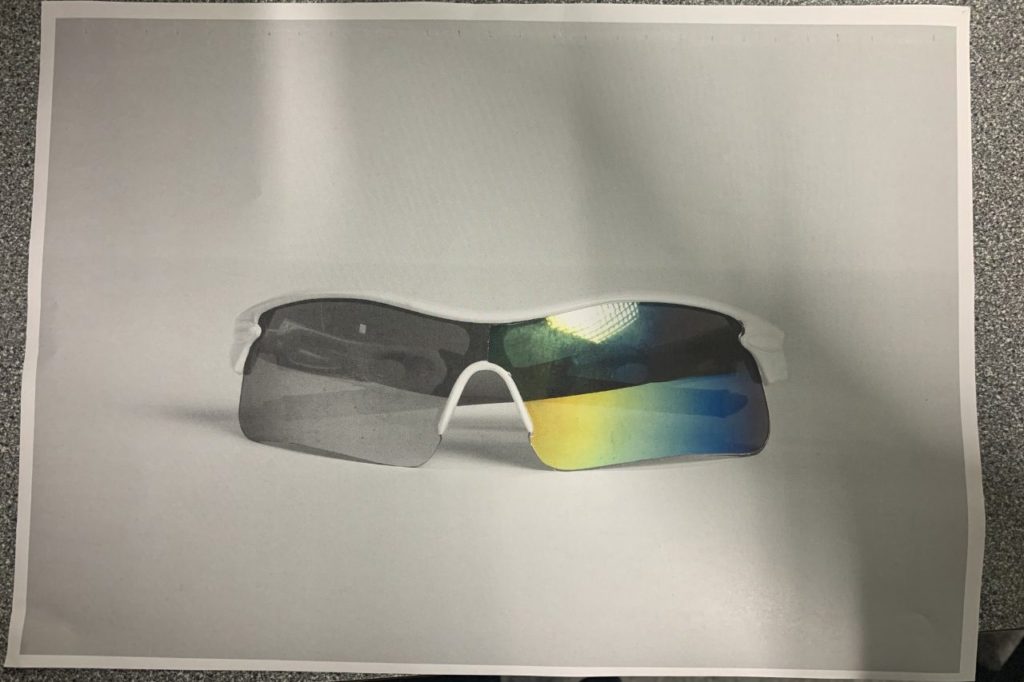
I then focused on displaying these images:

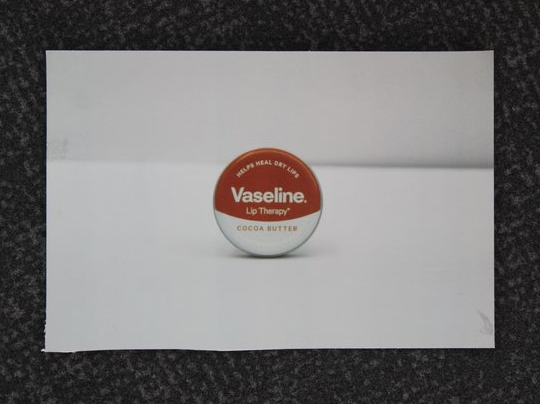
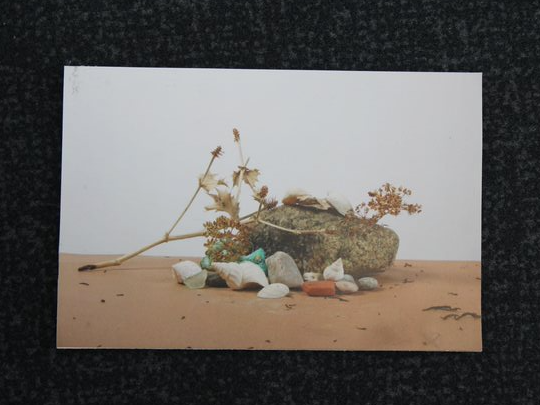
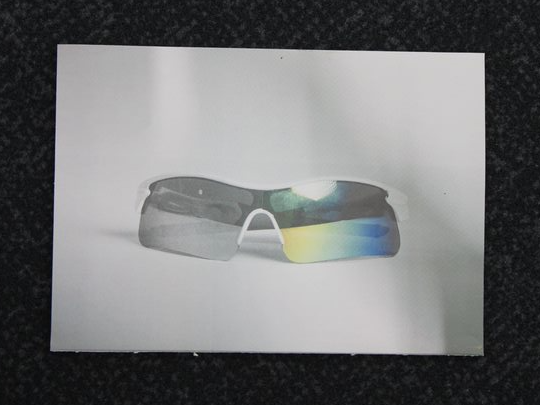

Overall, I am happy with how my project ‘HOME’ turned out but I do think I could have done a lot better and put more effort in to take my work to the next level. I think it was an experience that opened my eyes to the endless capabilities of photography while still letting me learn and explore the way I like to create and display my work. From making these pieces, I have learnt how to use a blog (where I have detailed each step of my journey), Photoshop, Lightroom, and explored new camera settings. I believe I will learn a lot from the project and take into account what I liked and disliked in each area when creating new projects. In conclusion, I really like the final pieces I created but I have a lot to learn and work on.
DIGITAL MONTAGE
Montage one
Original photos:
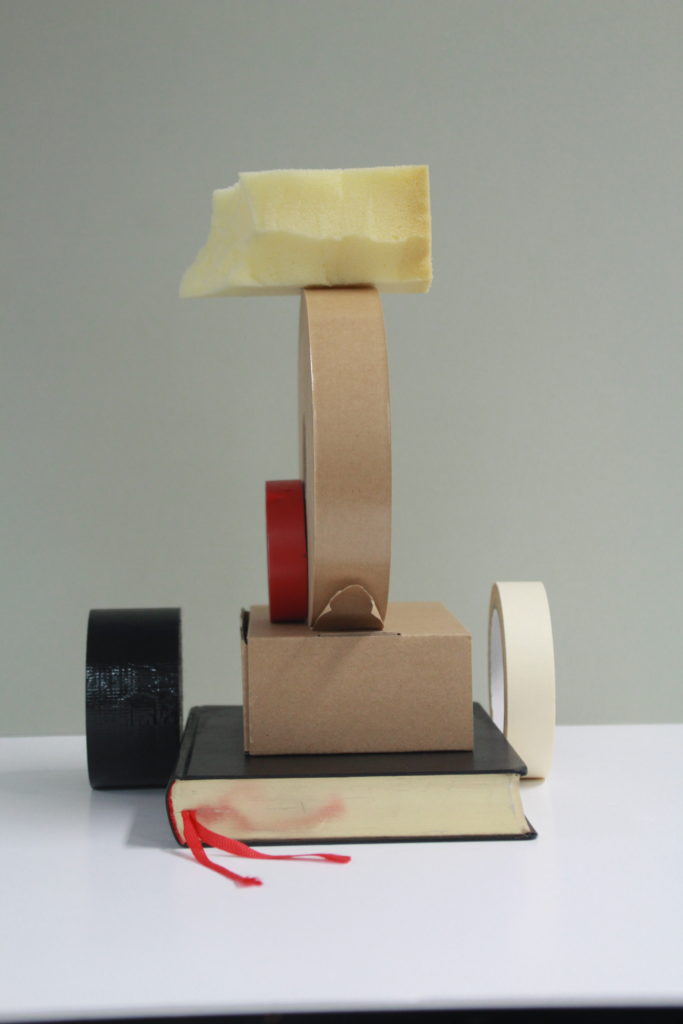
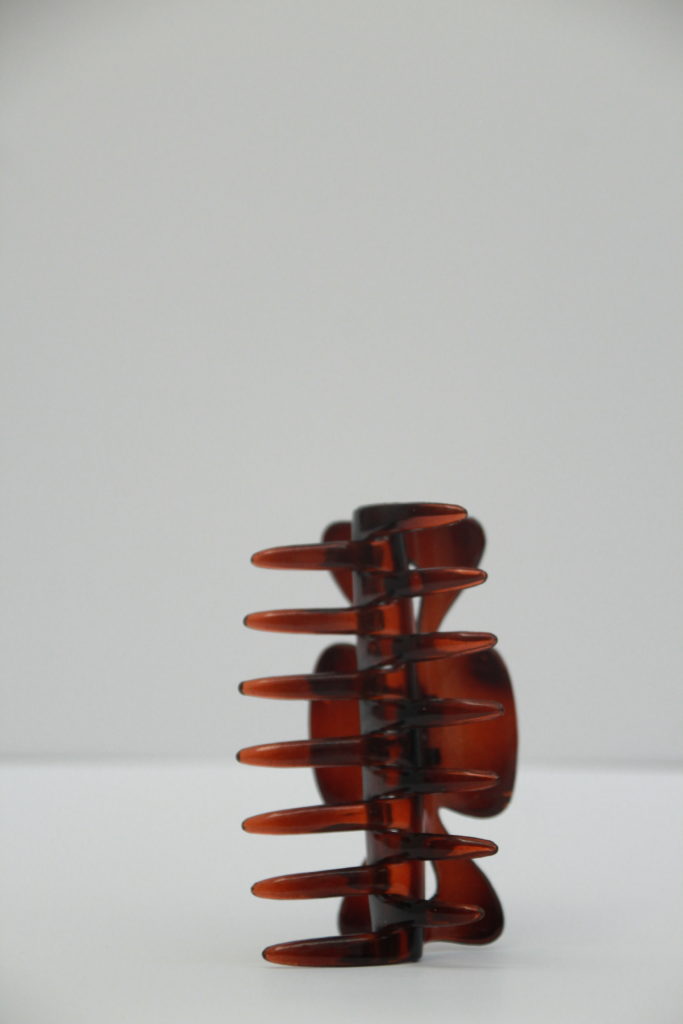
Result:
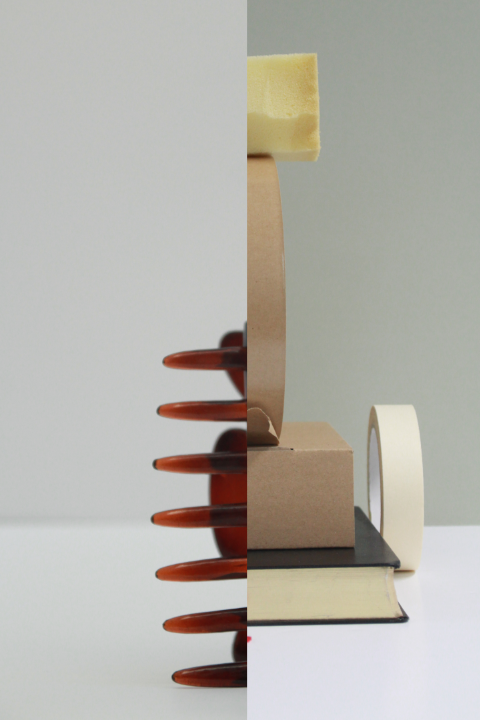
Montage two
Original photos:
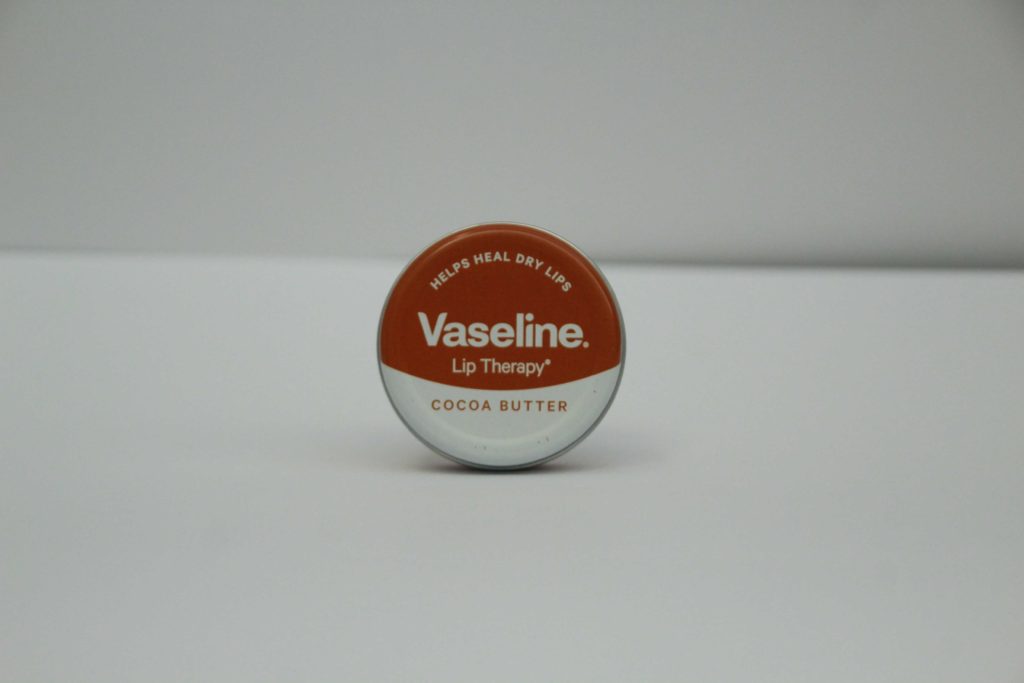
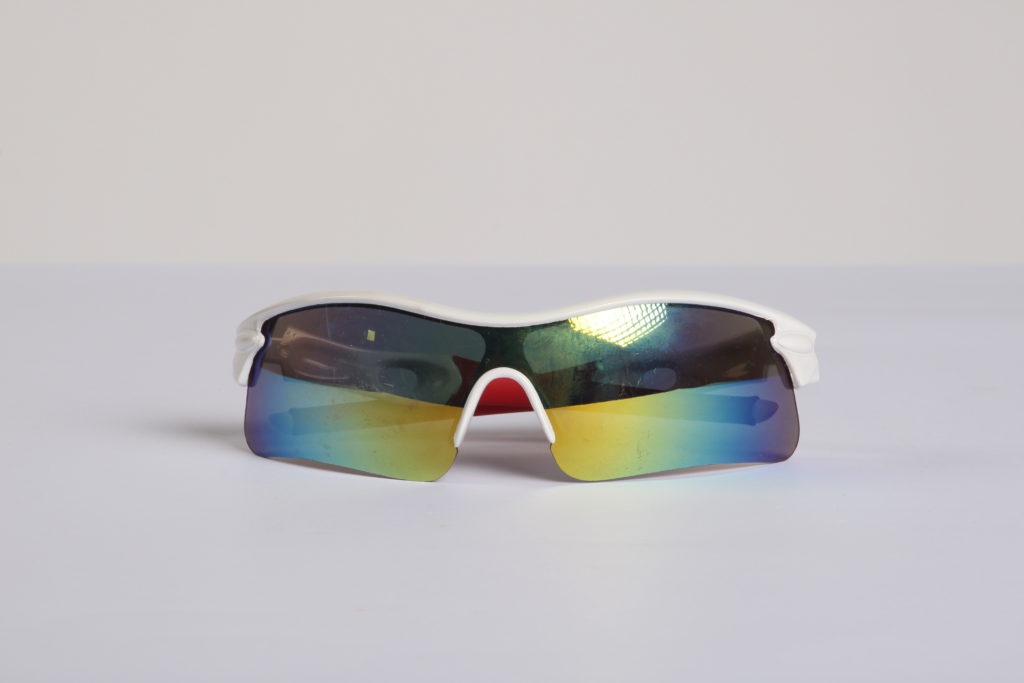
Result:
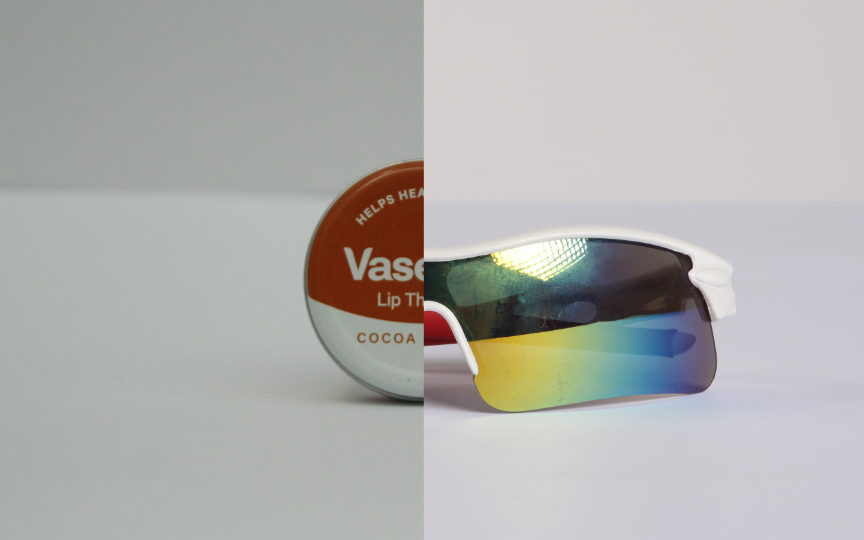
Montage three
Original photo:
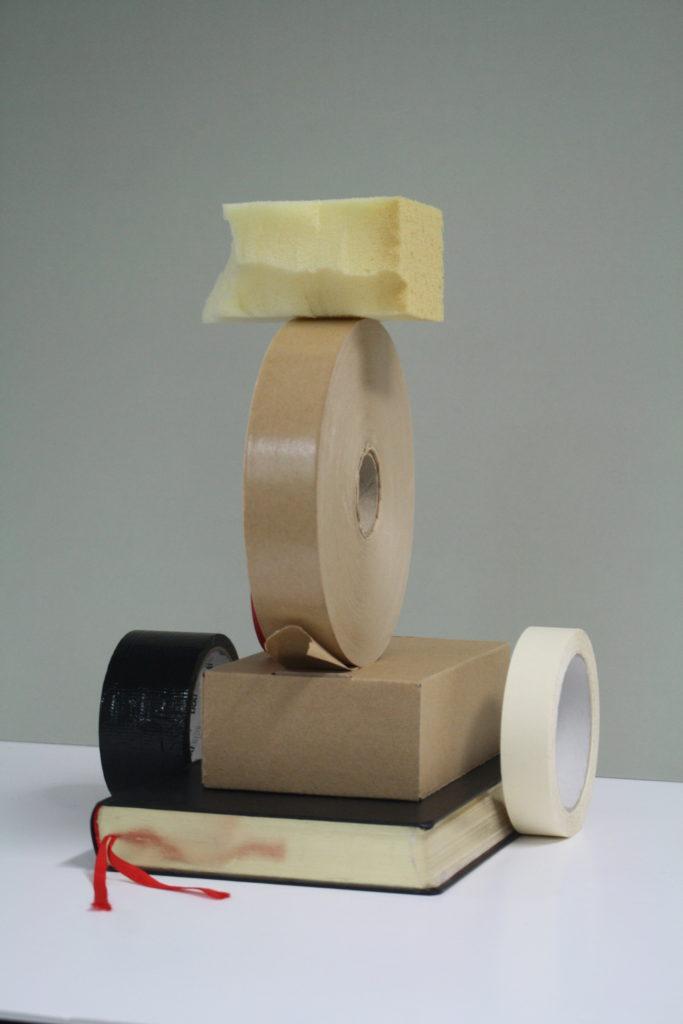
Result:
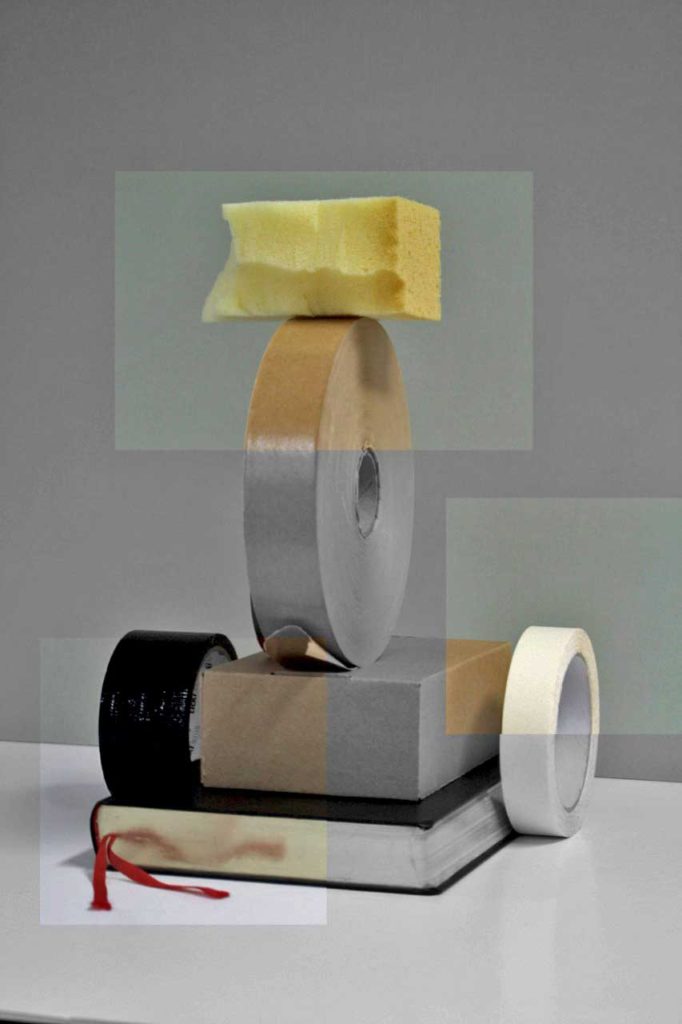
Montage four
Original photo:
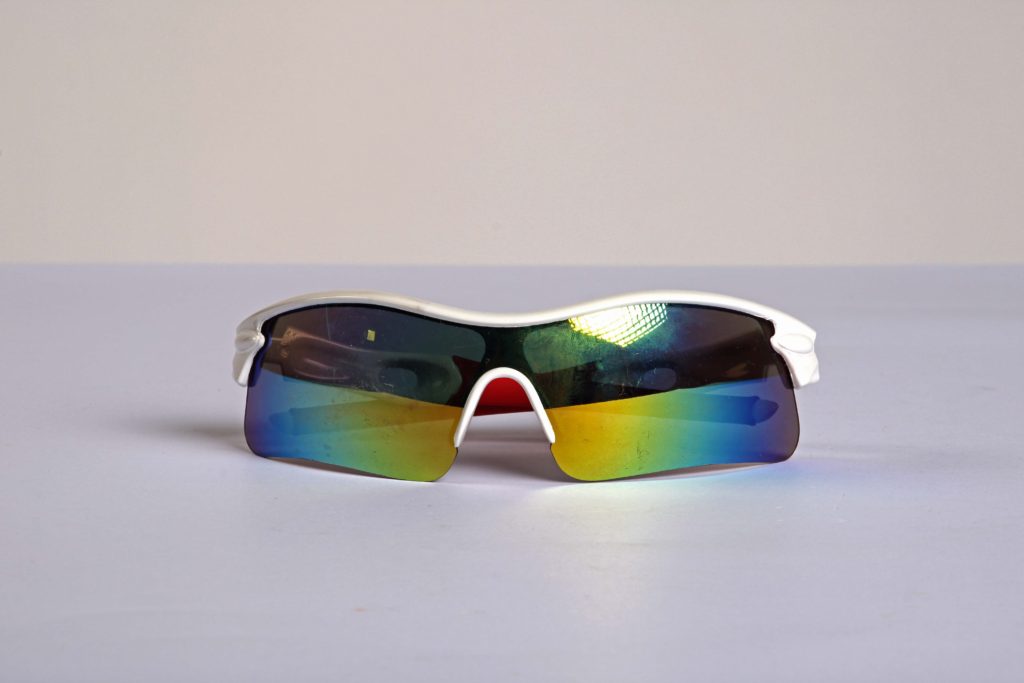
Result:
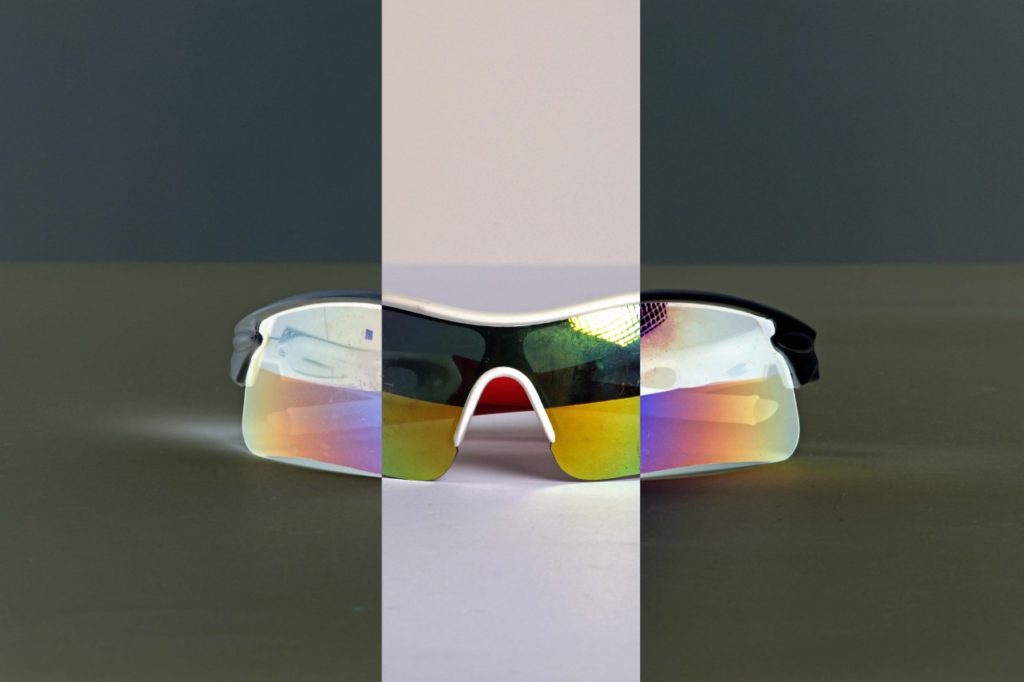
How I made them:
To make montage one and two, I started by cropping the original pictures to a size that I thought worked best for the two pictures together before selecting, with the marquee tool, the side I did not want and then deleted it.
To make montage three and four, I started by editing the pictures (montage three – into black & white and colour, montage four – into inverted and normal) before then layering the cropped parts of one edited picture onto another.
PHYSICAL MONTAGE
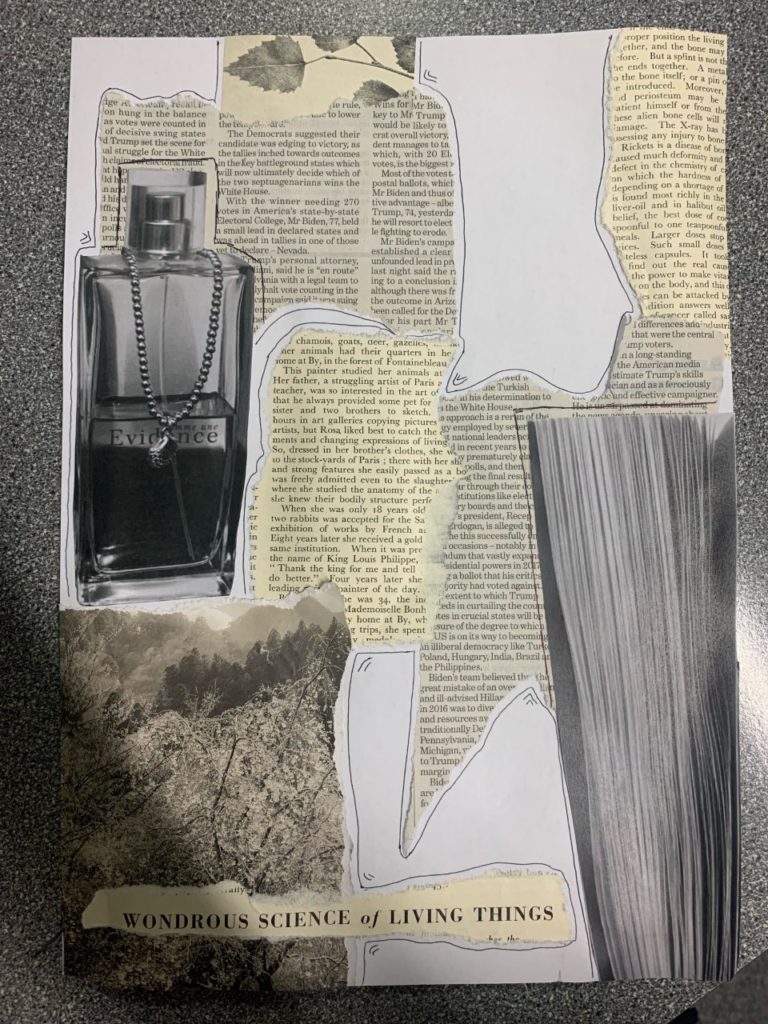
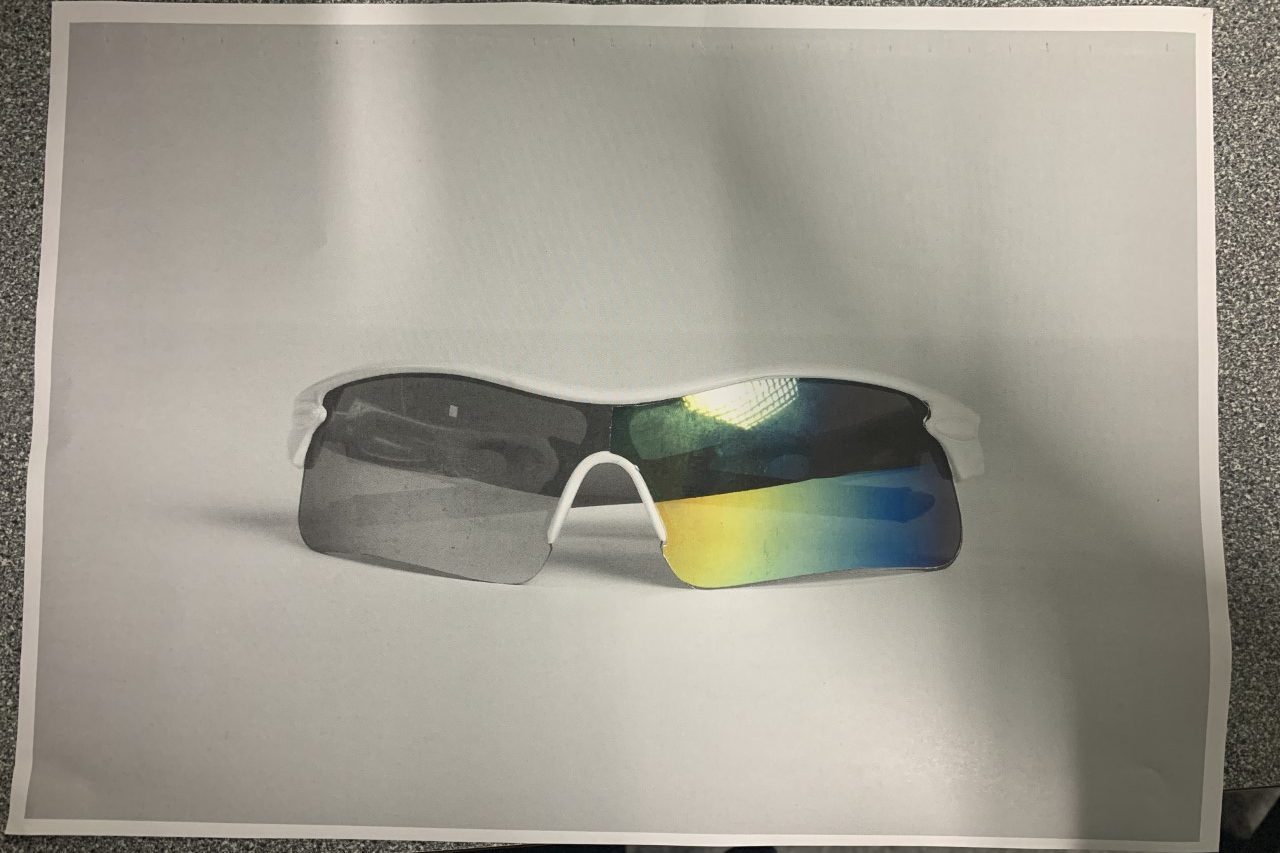
MONTAGE FINAL IMAGES
